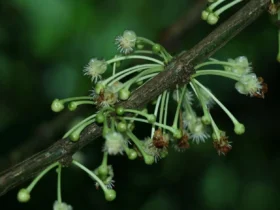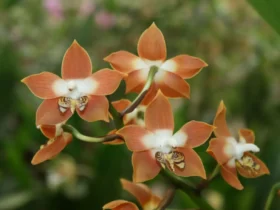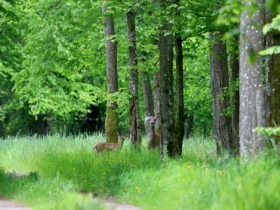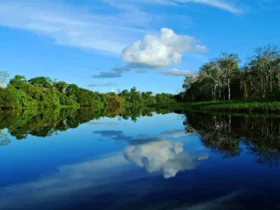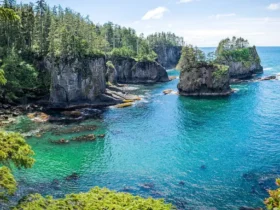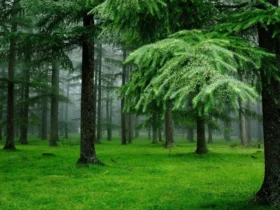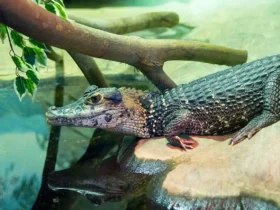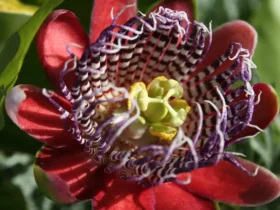The Amazon Rainforest, also known as the Amazon Jungle or Amazonia, is a vast and diverse ecosystem located in South America. The Amazon Rainforest is a captivating and diverse ecosystem that continues to fascinate scientists, conservationists, and adventurers alike. Its sheer size, remarkable biodiversity, and cultural significance make it one of the world’s most extraordinary natural wonders.
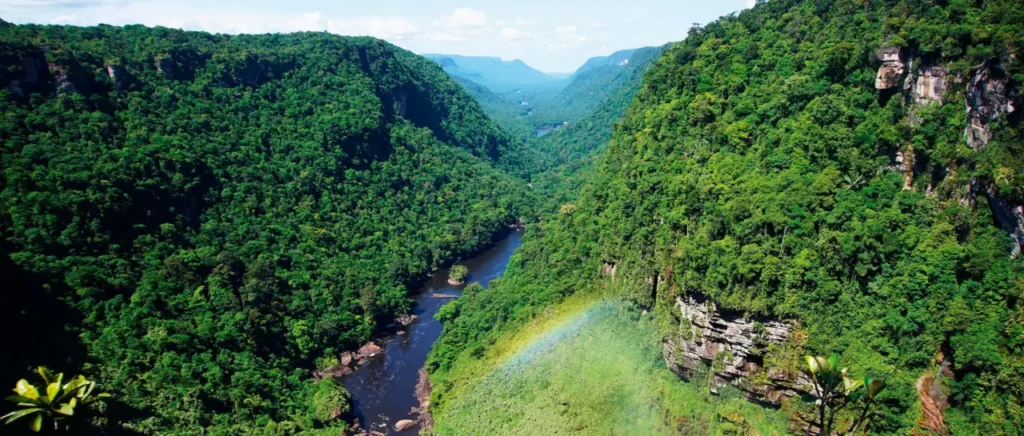
Here’s some fact about the Amazon RainforestThe Amazon Rainforest is a place of incredible wonder and discovery. Its unique ecosystems, fascinating wildlife, and the cultural richness of its indigenous communities continue to captivate those who explore its depths.
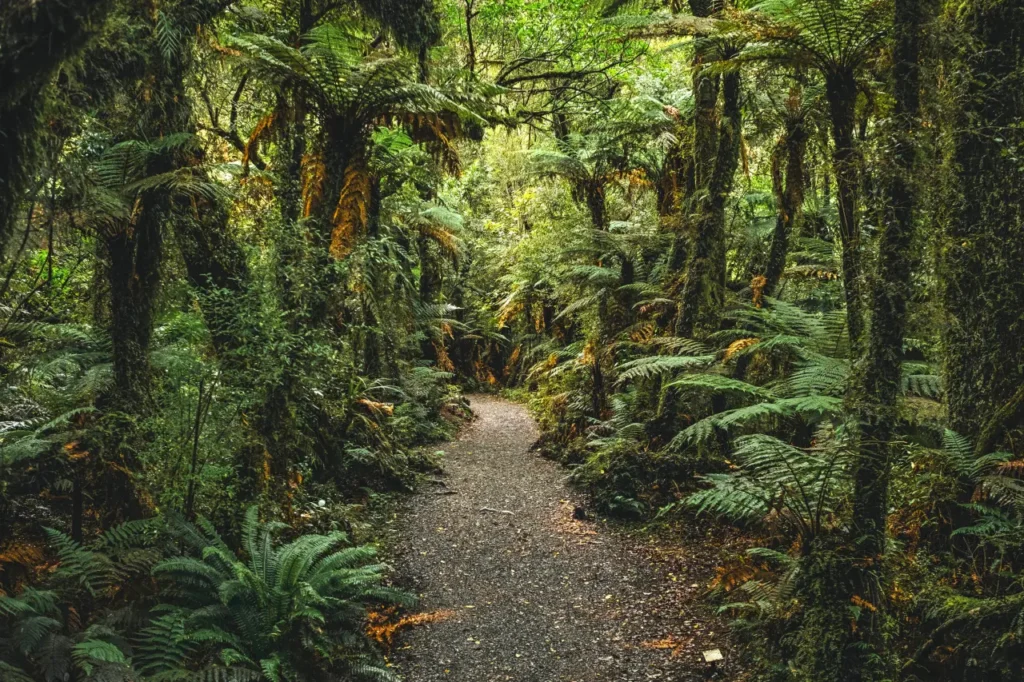
Size and Location
The Amazon Rainforest is the largest tropical rainforest in the world, covering an area of approximately 5.5 million square kilometers (2.1 million square miles). It spans across several countries, including Brazil, Peru, Colombia, Venezuela, Ecuador, Bolivia, Guyana, Suriname, and French Guiana.
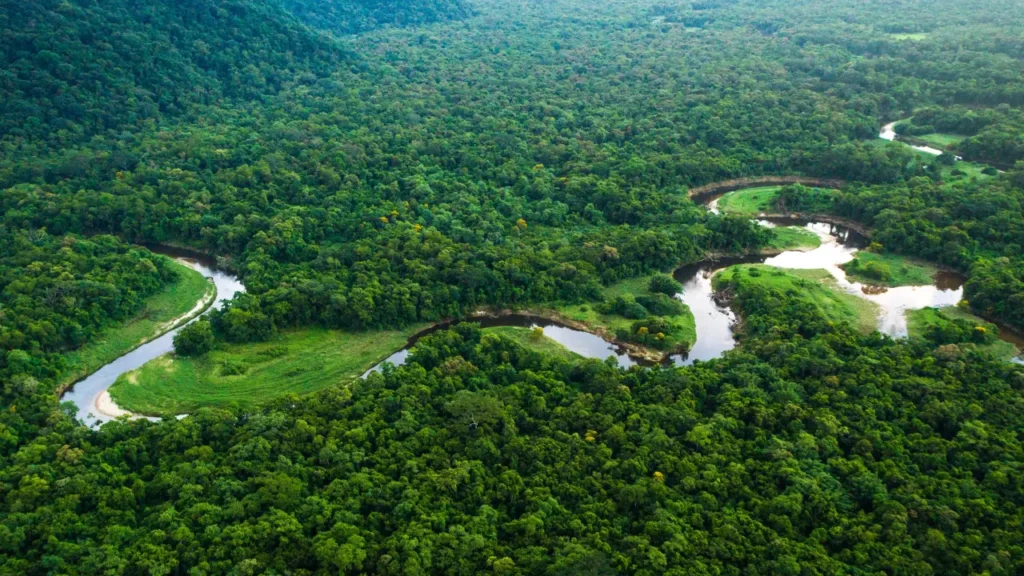
Biodiversity
The Amazon Rainforest is known for its unparalleled biodiversity, housing a remarkable array of plant and animal species. It is estimated to be home to millions of species, including jaguars, sloths, capybaras, monkeys, pink river dolphins, anacondas, and countless bird species. It also contains a vast variety of plant life, including numerous species of trees, orchids, bromeliads, and medicinal plants.
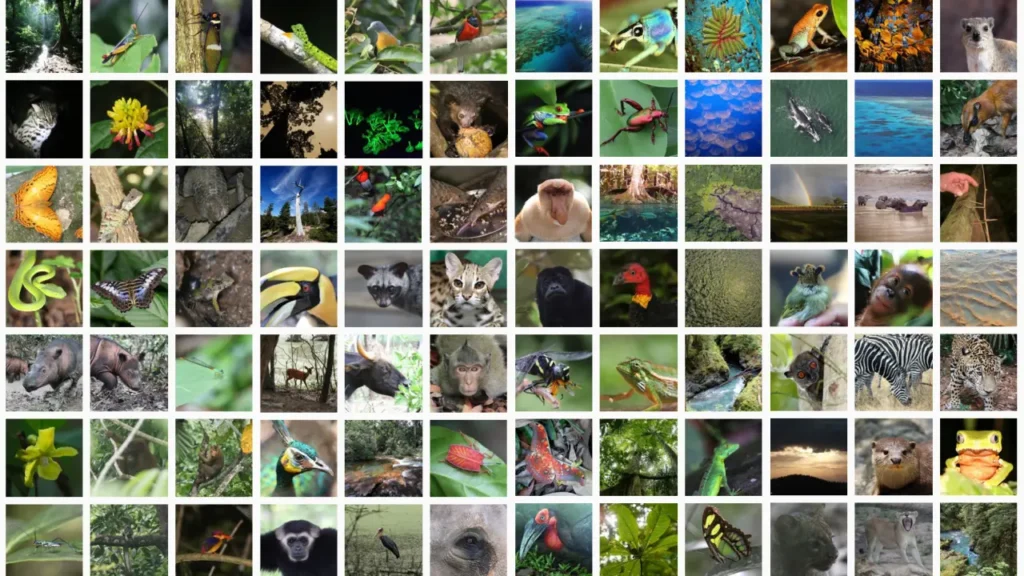
Importance for the Planet
The Amazon Rainforest plays a crucial role in regulating the Earth’s climate and maintaining global ecological balance. It produces approximately 20% of the world’s oxygen and acts as a massive carbon sink, absorbing a significant amount of carbon dioxide from the atmosphere.
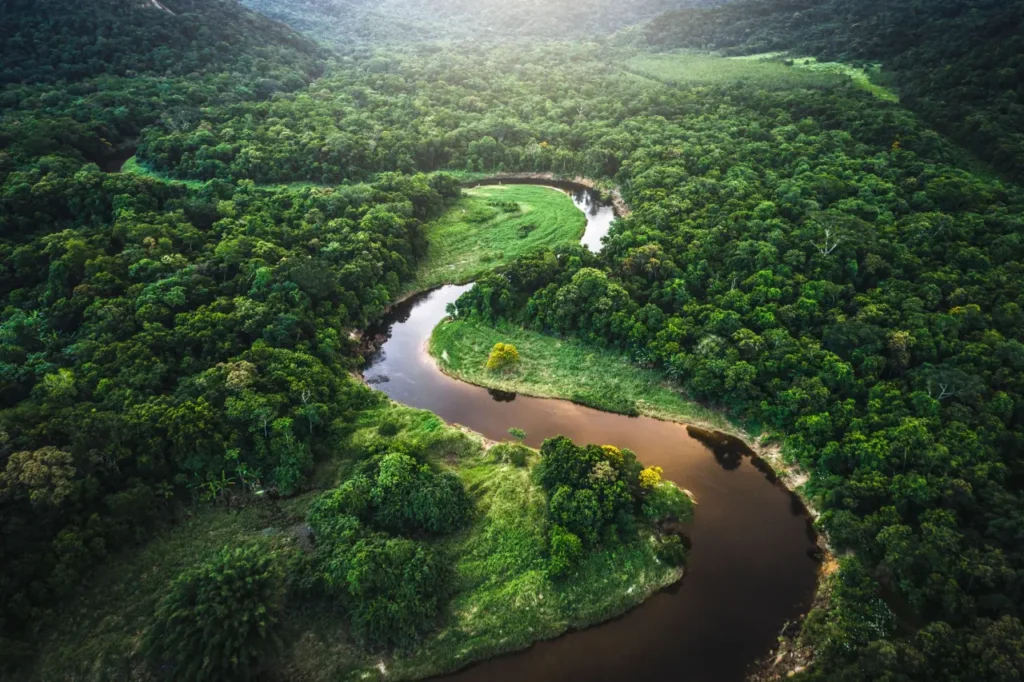
Indigenous People and Culture
The Amazon Rainforest is inhabited by numerous indigenous communities who have a deep connection to the land and rely on its resources for their livelihoods. These communities have rich cultural traditions and possess extensive knowledge about the rainforest’s plants, animals, and ecosystems.
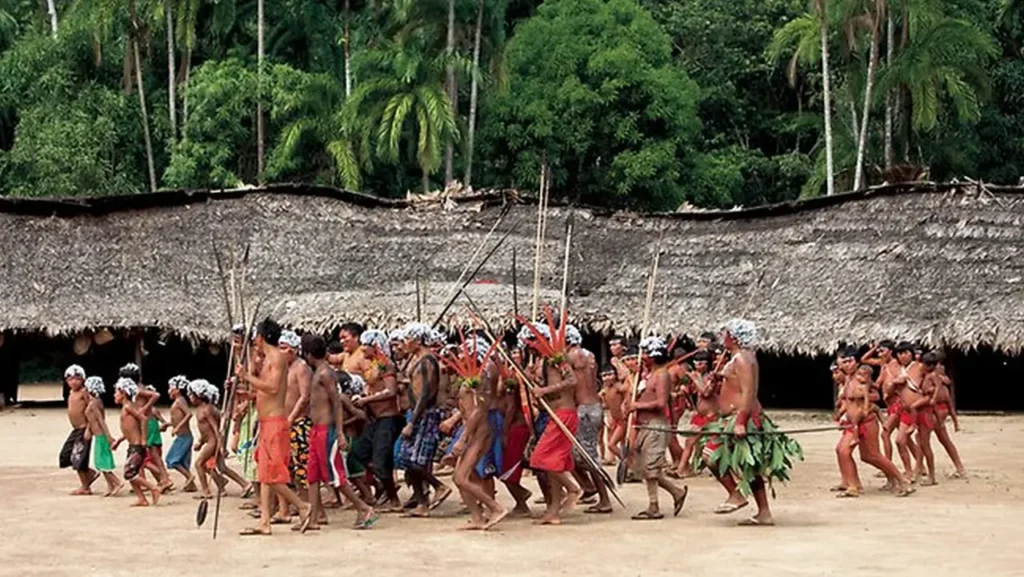
Threats and Conservation Efforts
The Amazon Rainforest faces numerous threats, including deforestation, illegal logging, mining, agricultural expansion, and climate change. These activities endanger the delicate balance of the ecosystem and the livelihoods of local communities. Efforts are underway to protect and conserve the rainforest through national parks, reserves, and sustainable management practices.
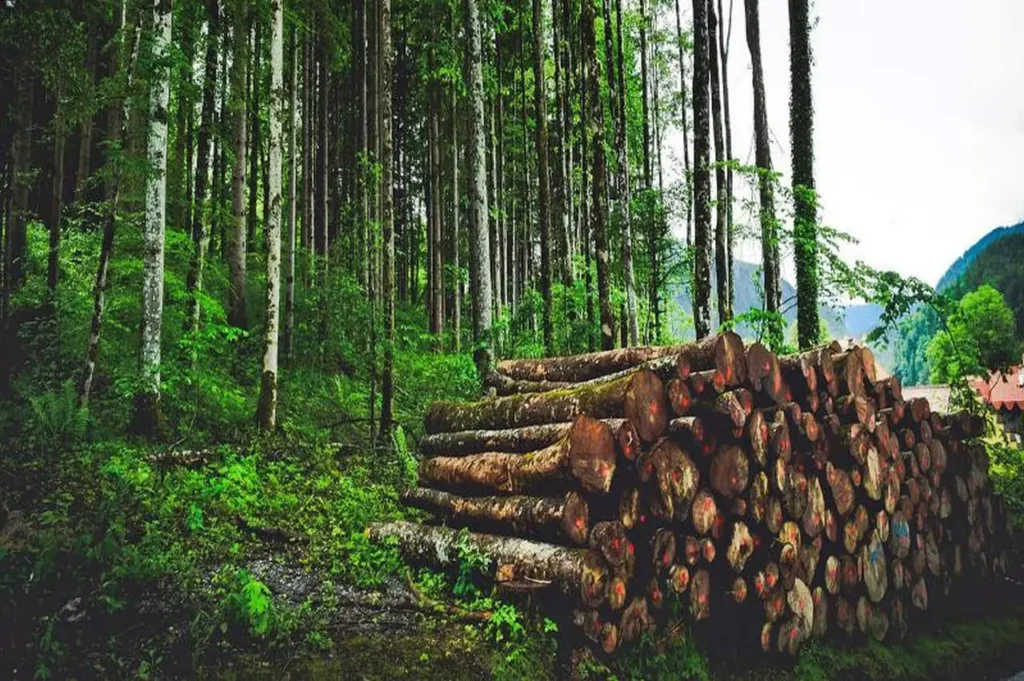
Ecotourism and Exploration
The Amazon Rainforest offers unique opportunities for ecotourism and exploration. Visitors can experience the diverse wildlife, embark on guided tours, go birdwatching, take river cruises, and learn from indigenous communities about their way of life and the importance of conserving the rainforest.
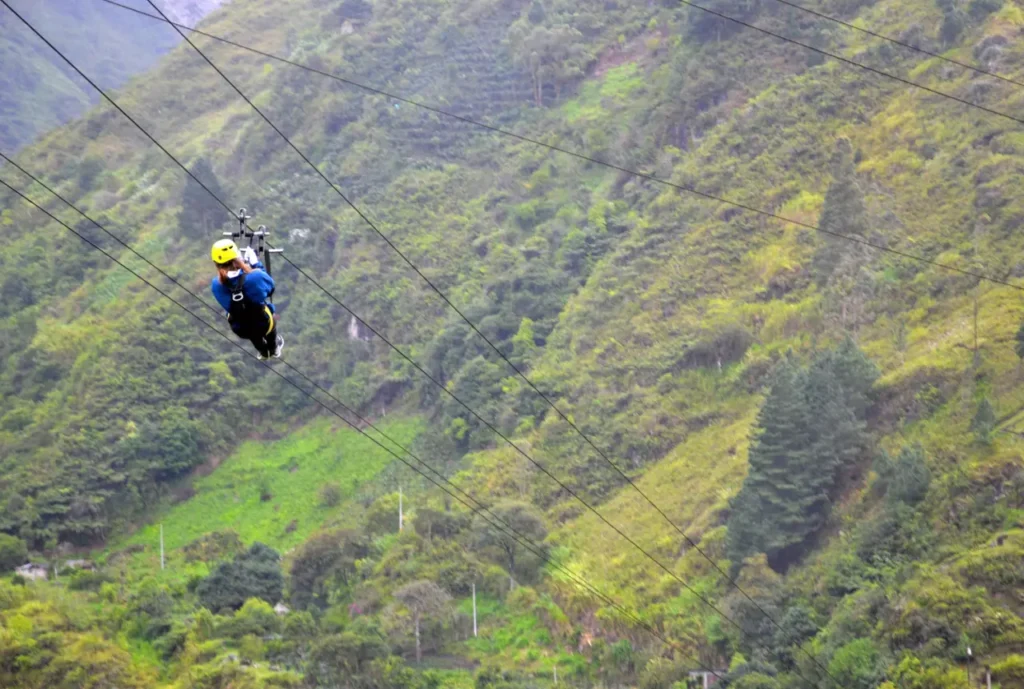
Exploring the Amazon Rainforest provides a glimpse into one of the most remarkable and ecologically significant regions on Earth. It offers a chance to appreciate its awe-inspiring biodiversity, connect with indigenous cultures, and understand the importance of preserving this invaluable natural treasure.
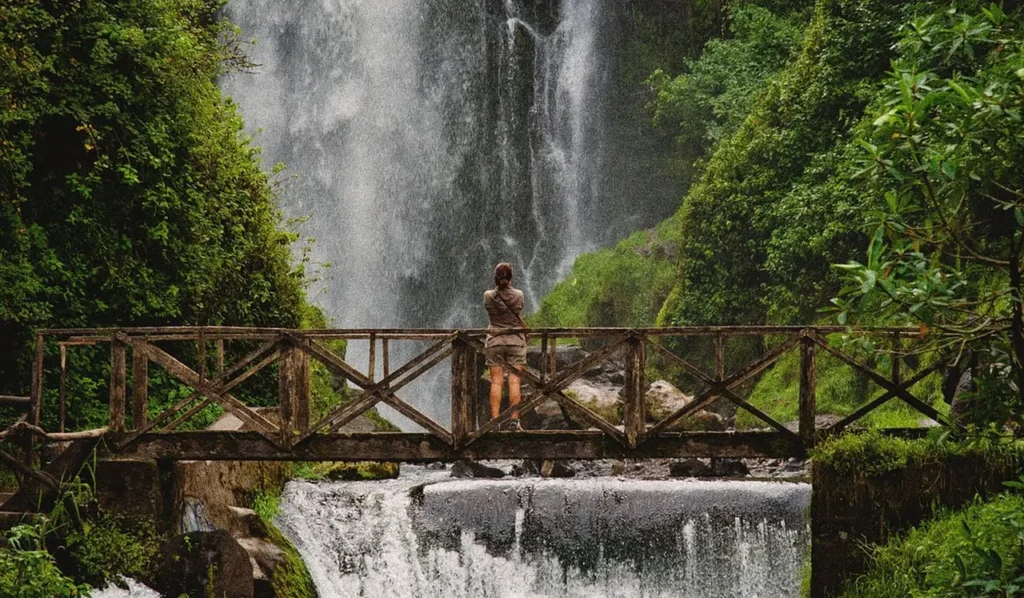
Some interesting facts about the Amazon Rainforest
1. Incredible Biodiversity
The Amazon Rainforest is home to an estimated 10% of all known species on Earth. It houses more than 40,000 plant species, 3,000 freshwater fish species, over 370 reptile species, and approximately 2.5 million insect species.
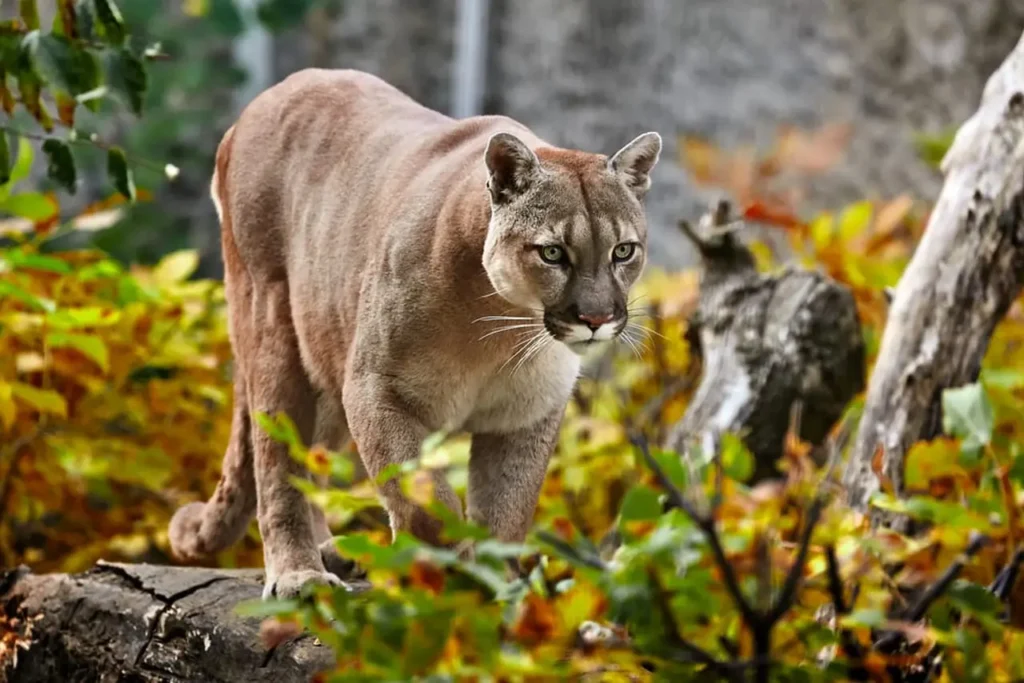

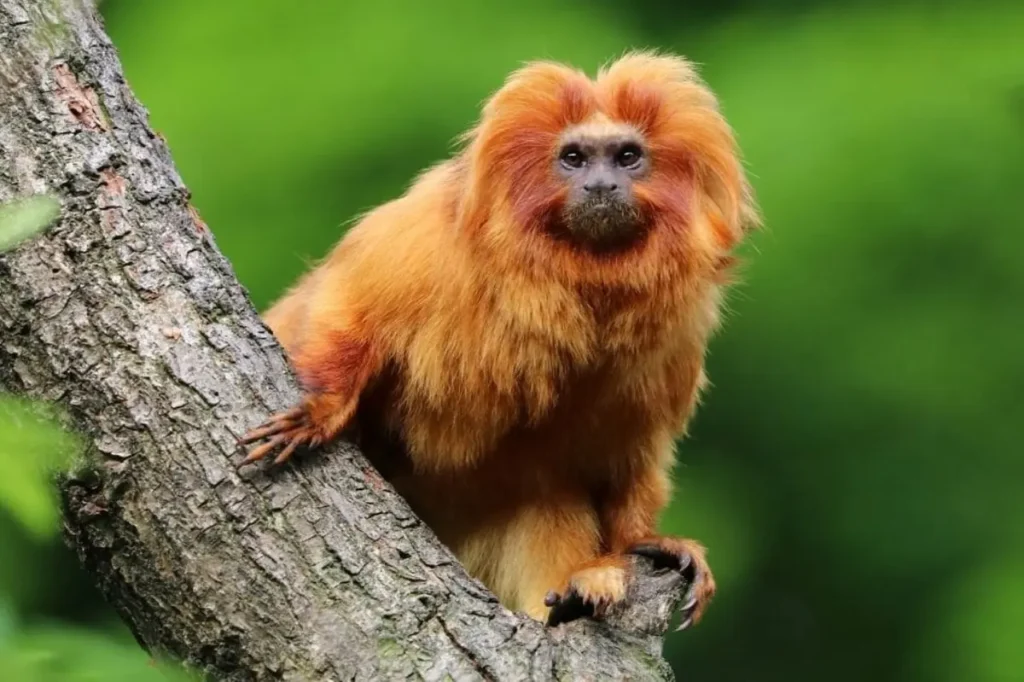
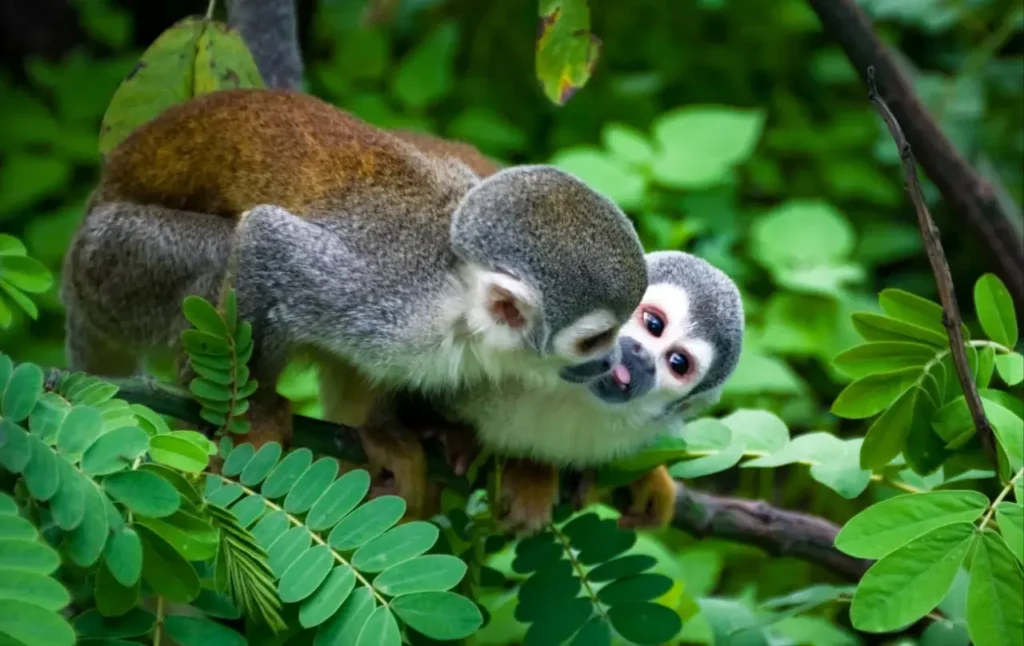
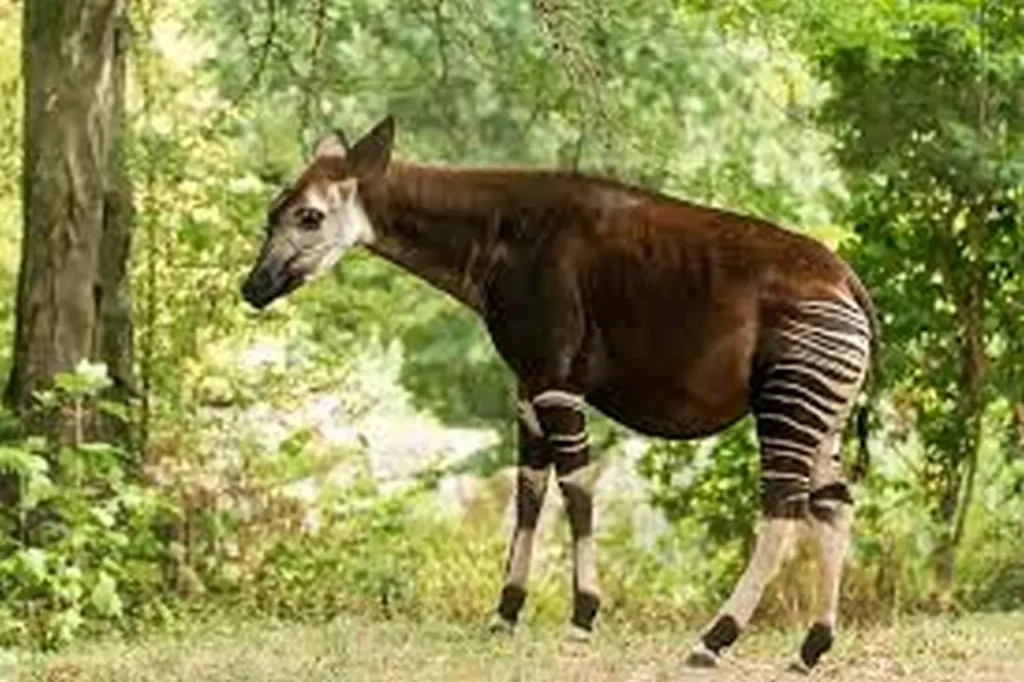
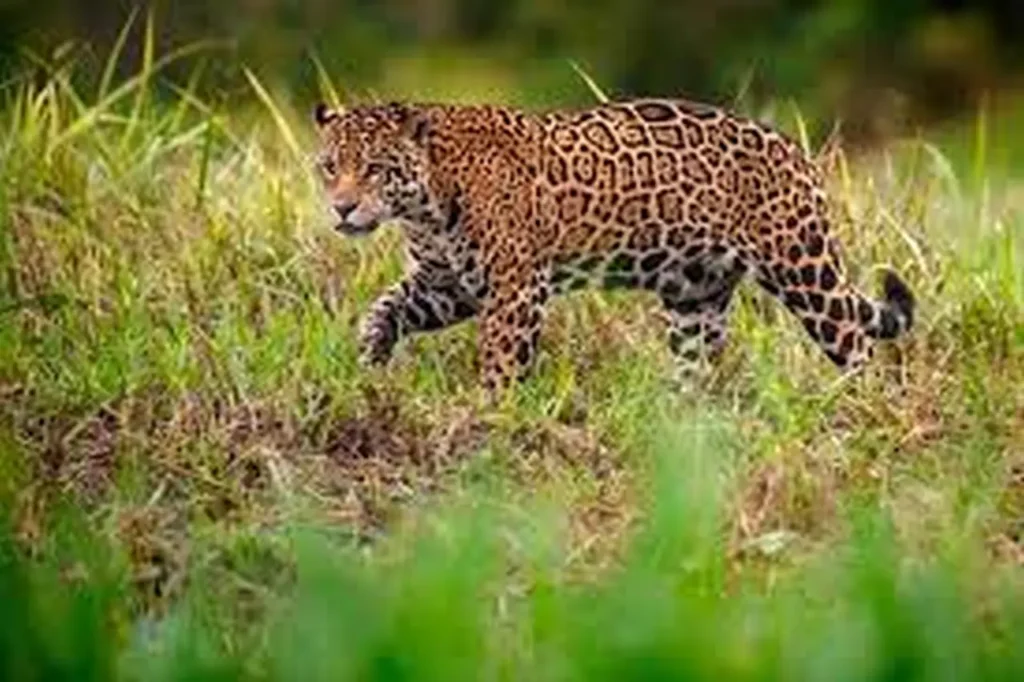
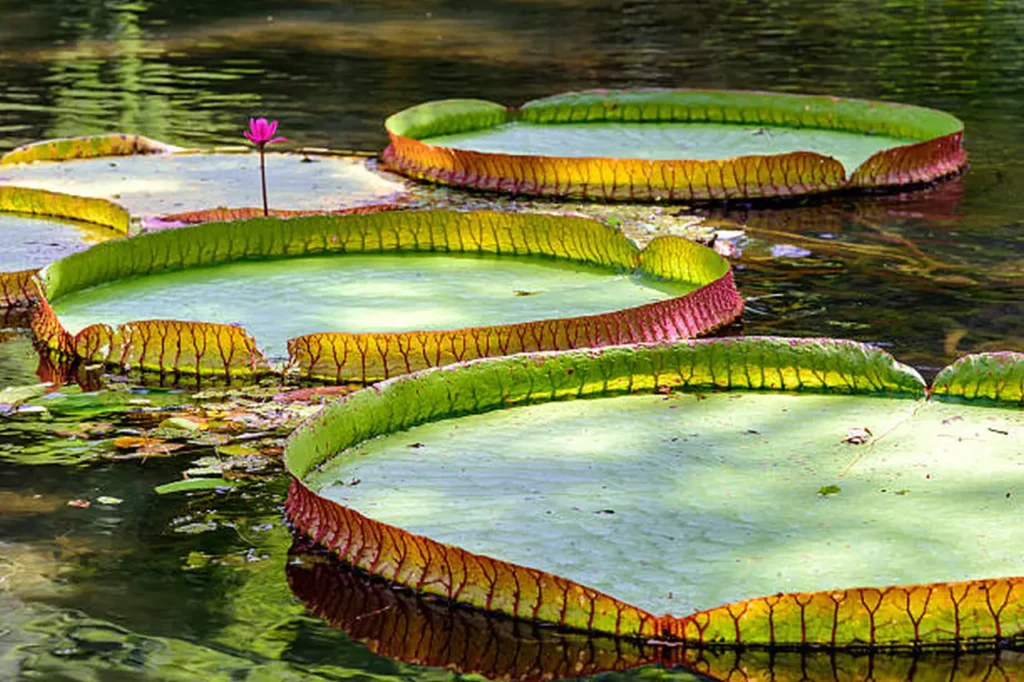
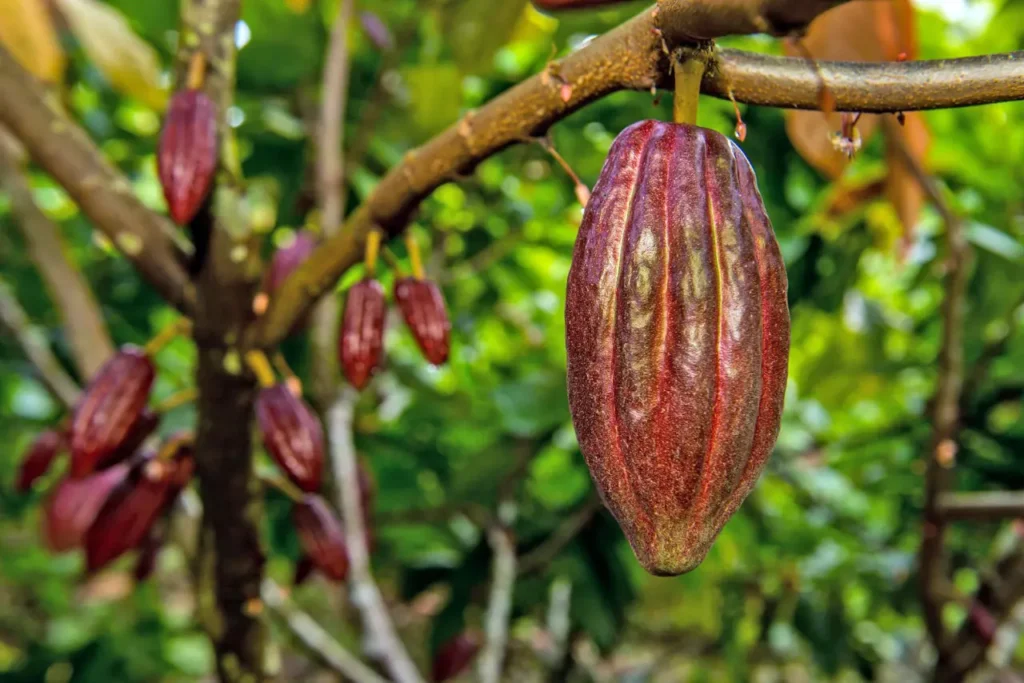
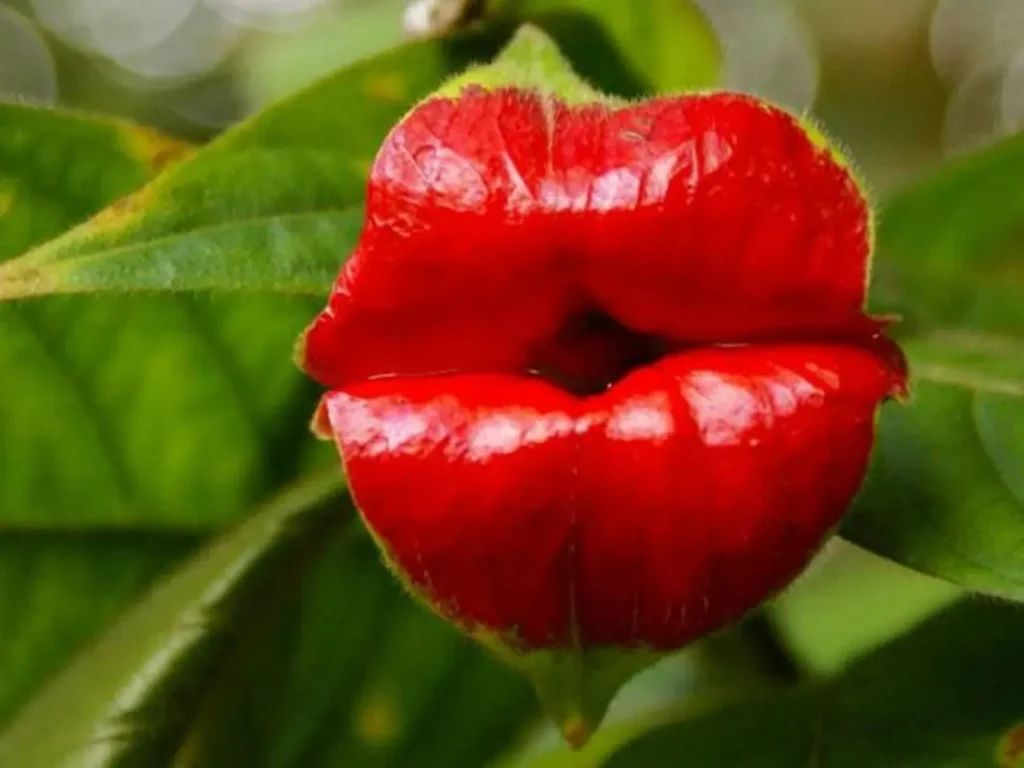
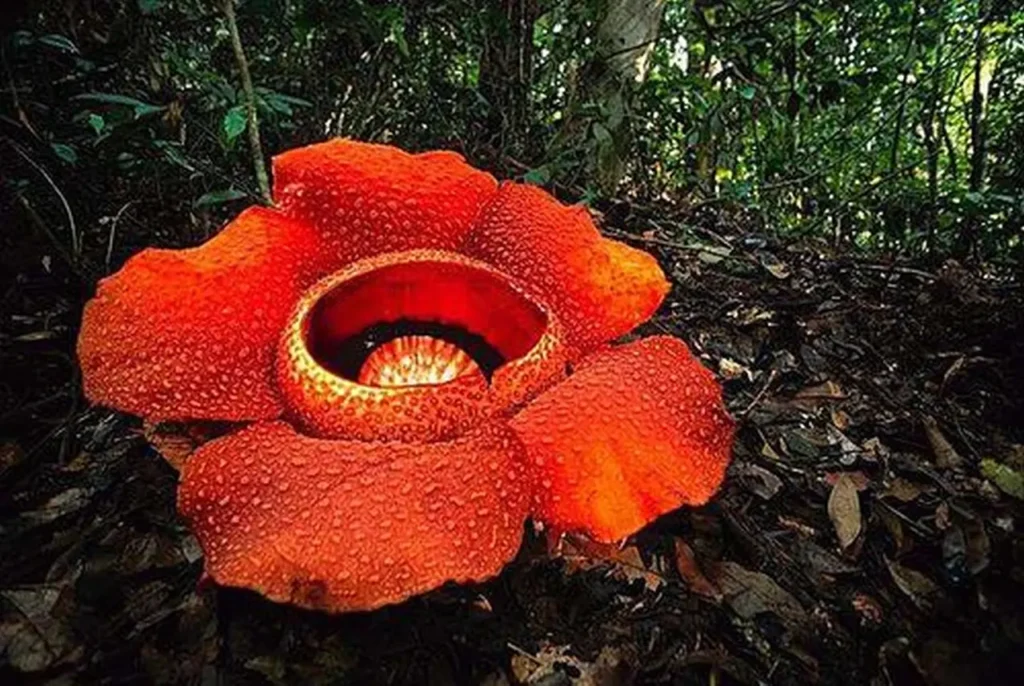
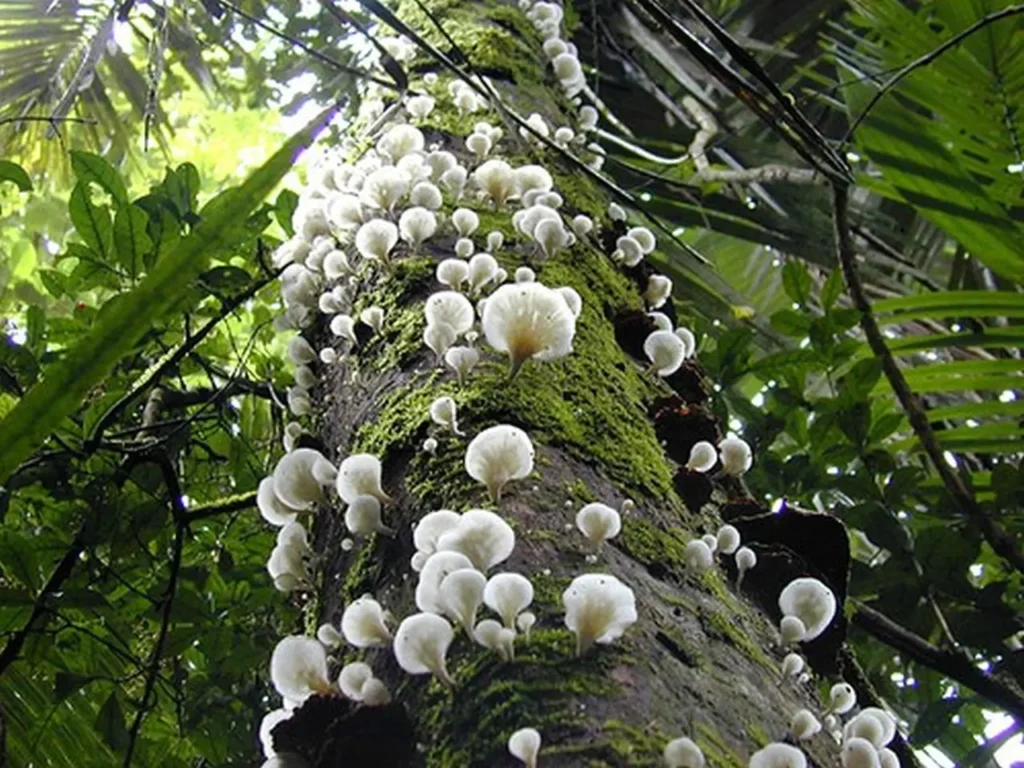
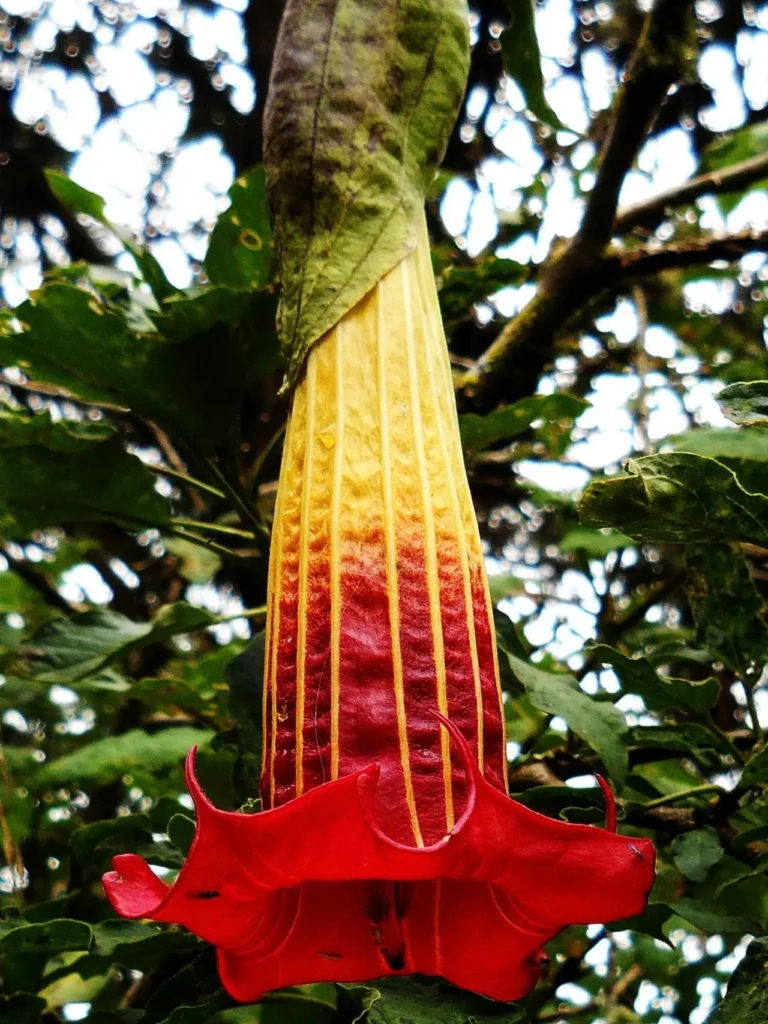
2. Indigenous Communities
The rainforest is inhabited by numerous indigenous communities with unique cultures and ways of life. These communities have deep knowledge of the rainforest’s resources and play a vital role in its conservation.
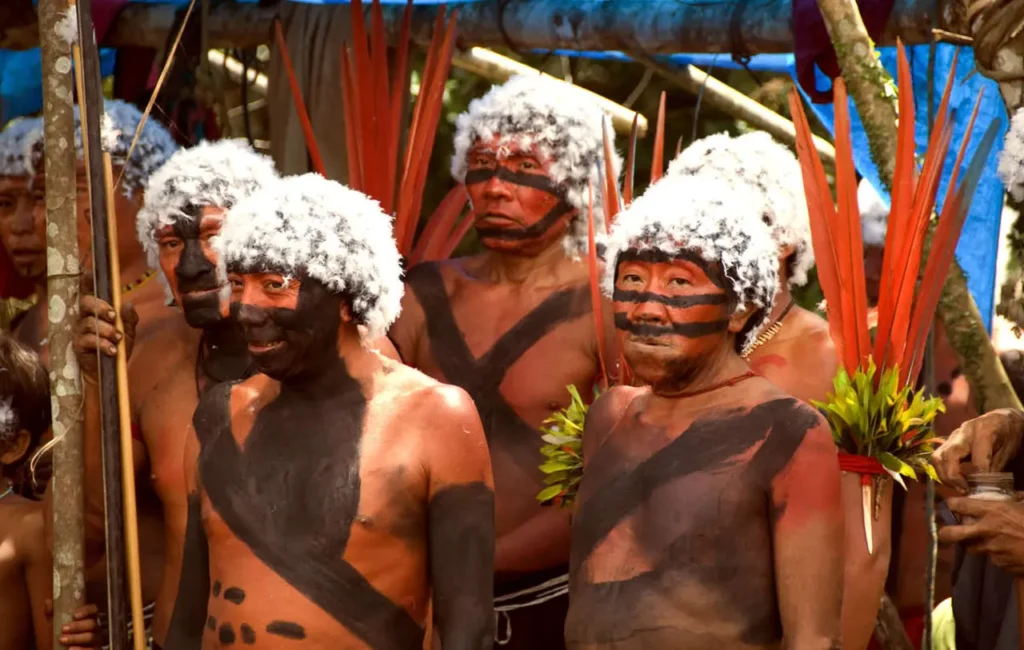
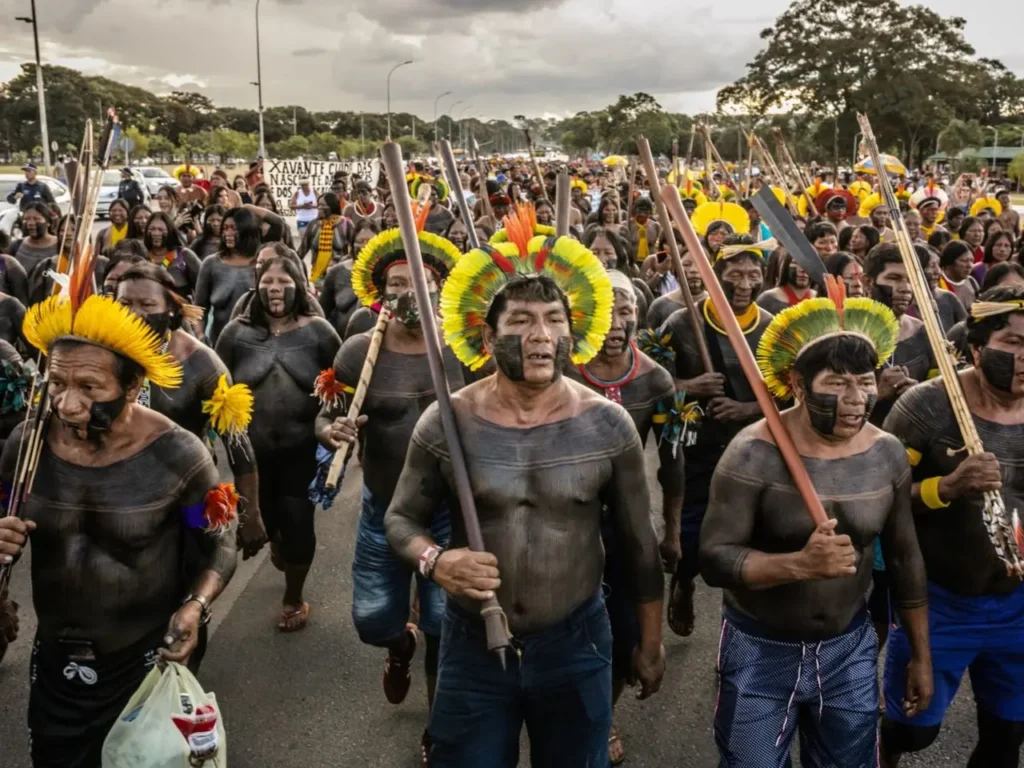
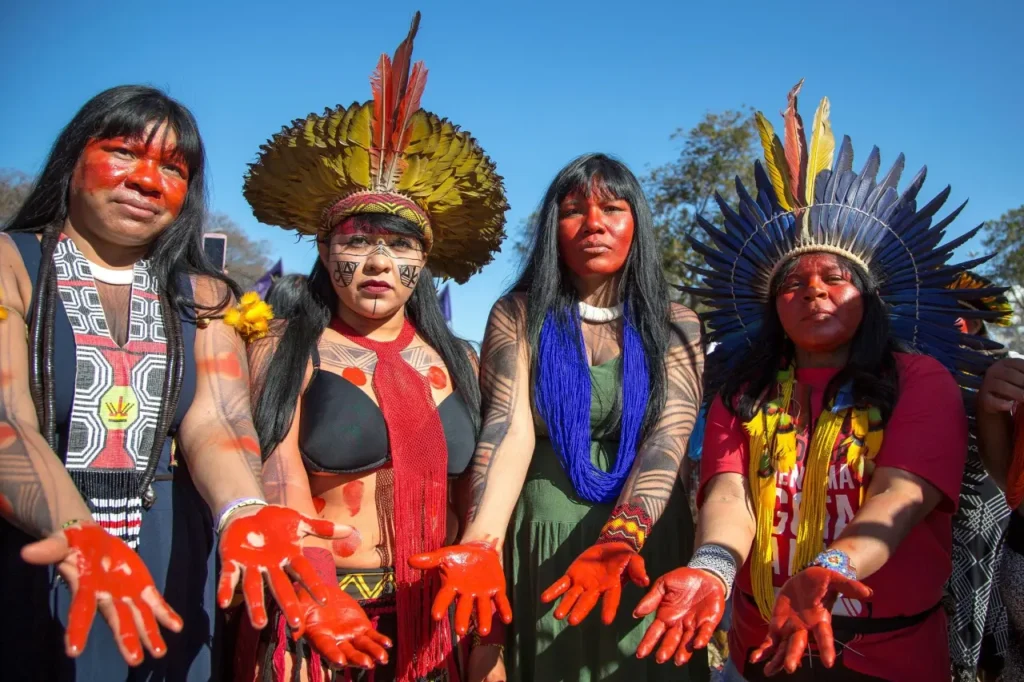
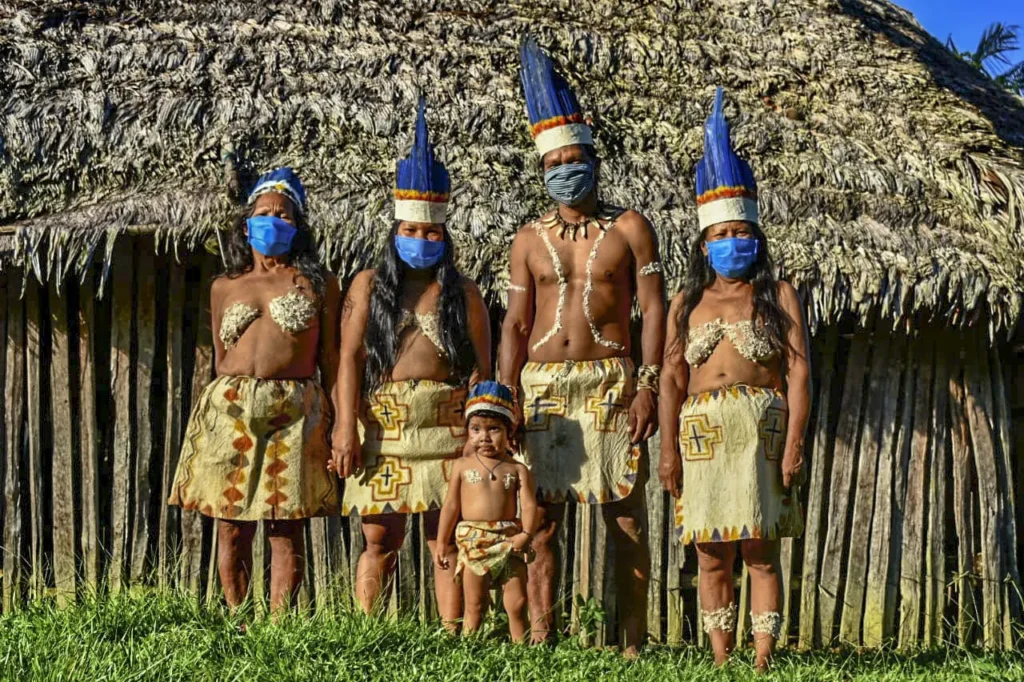
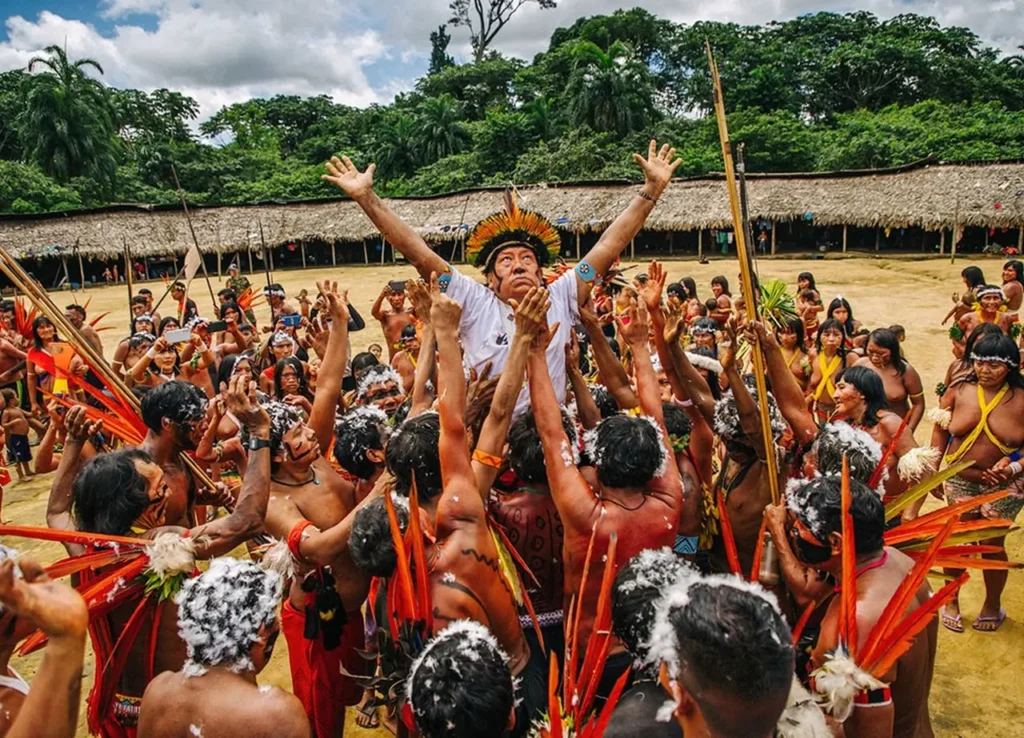
3. Amazon River
The Amazon Rainforest is traversed by the Amazon River, which is the largest river in terms of water volume and discharge. It stretches for approximately 6,400 kilometers (4,000 miles) and is a lifeline for both wildlife and local communities.
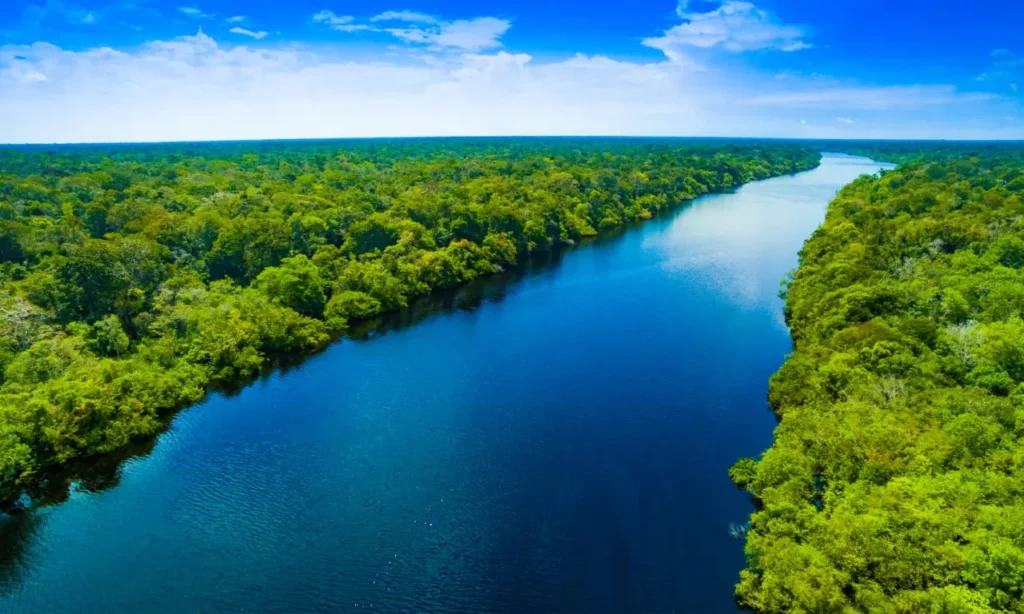
4. Medicinal Plants
The rainforest is a treasure trove of medicinal plants. Indigenous people have long utilized the forest’s plant species for their healing properties. It is estimated that about 25% of modern pharmaceuticals contain ingredients derived from rainforest plants.
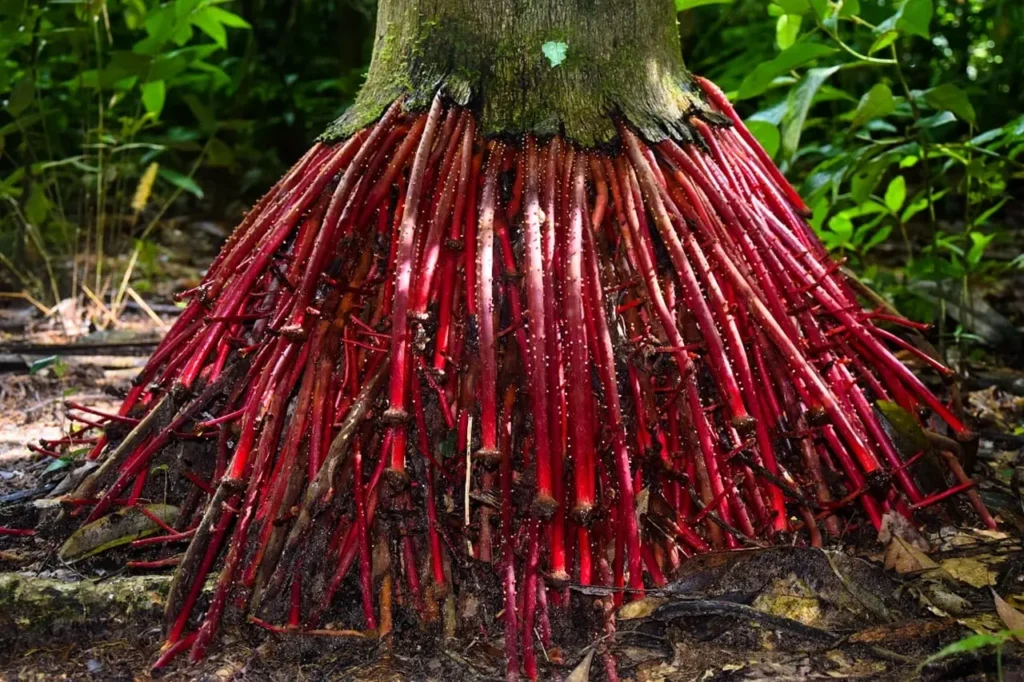
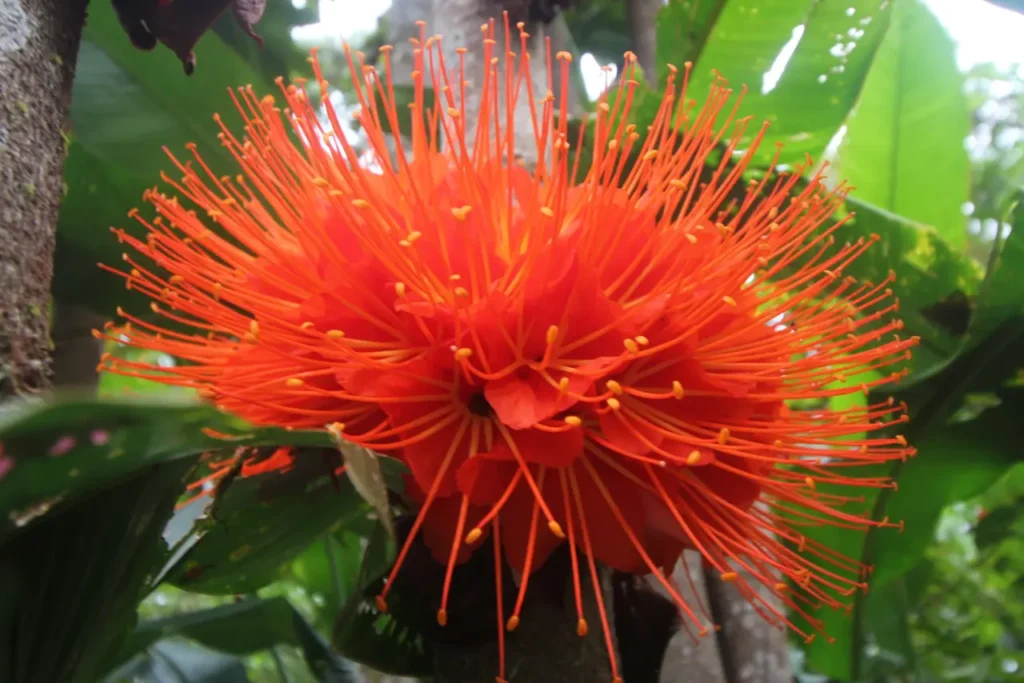
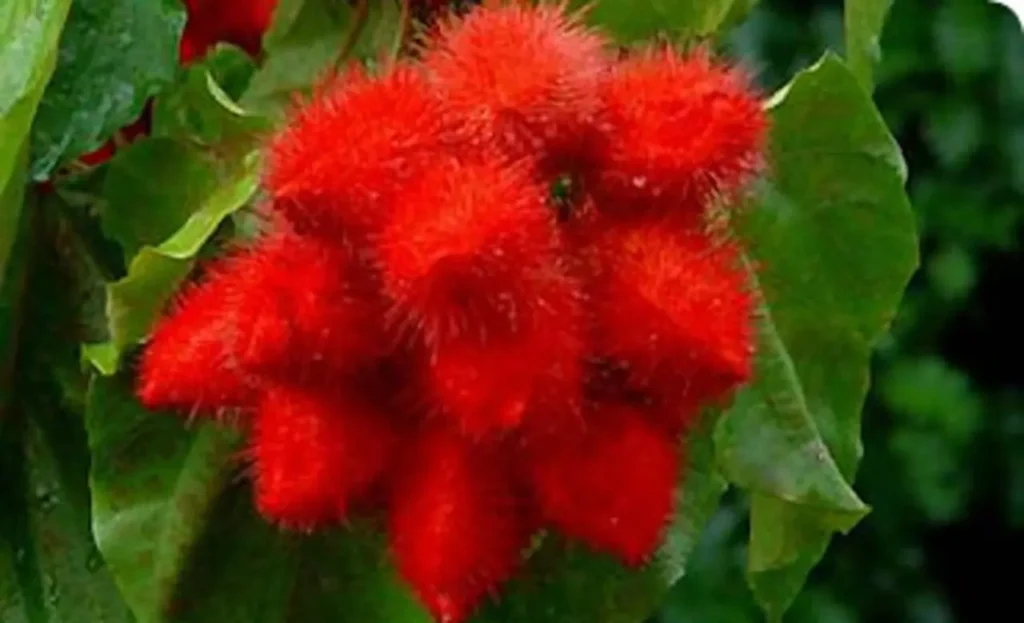
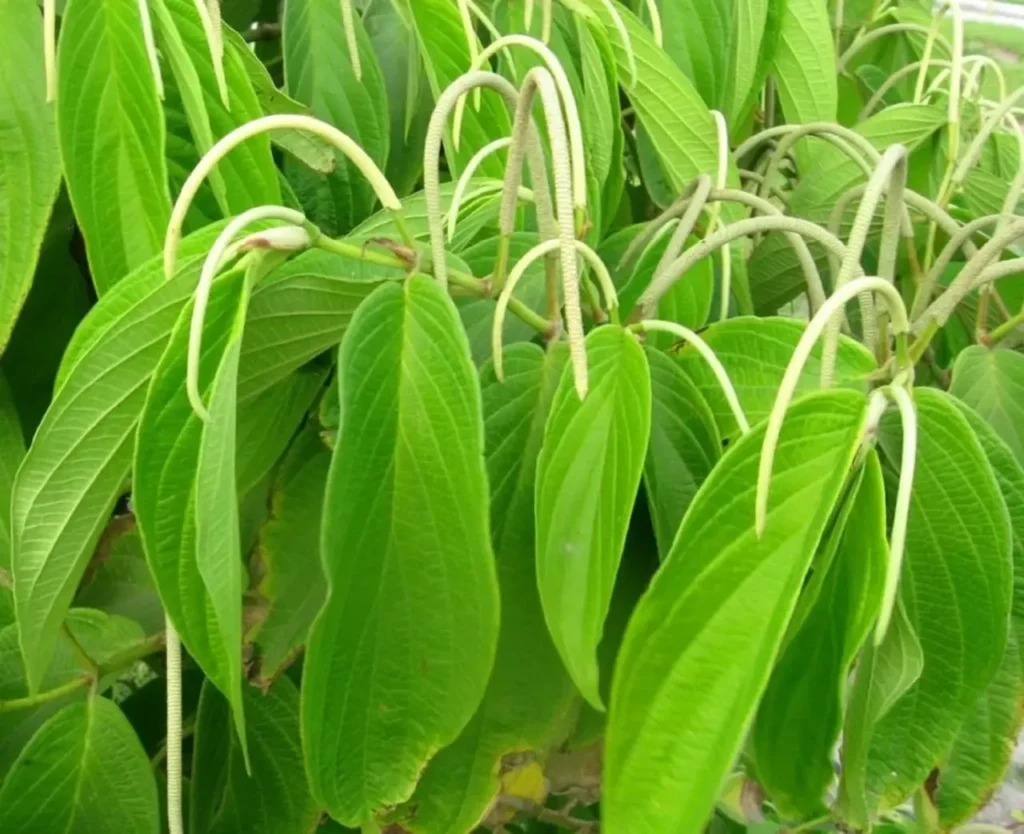
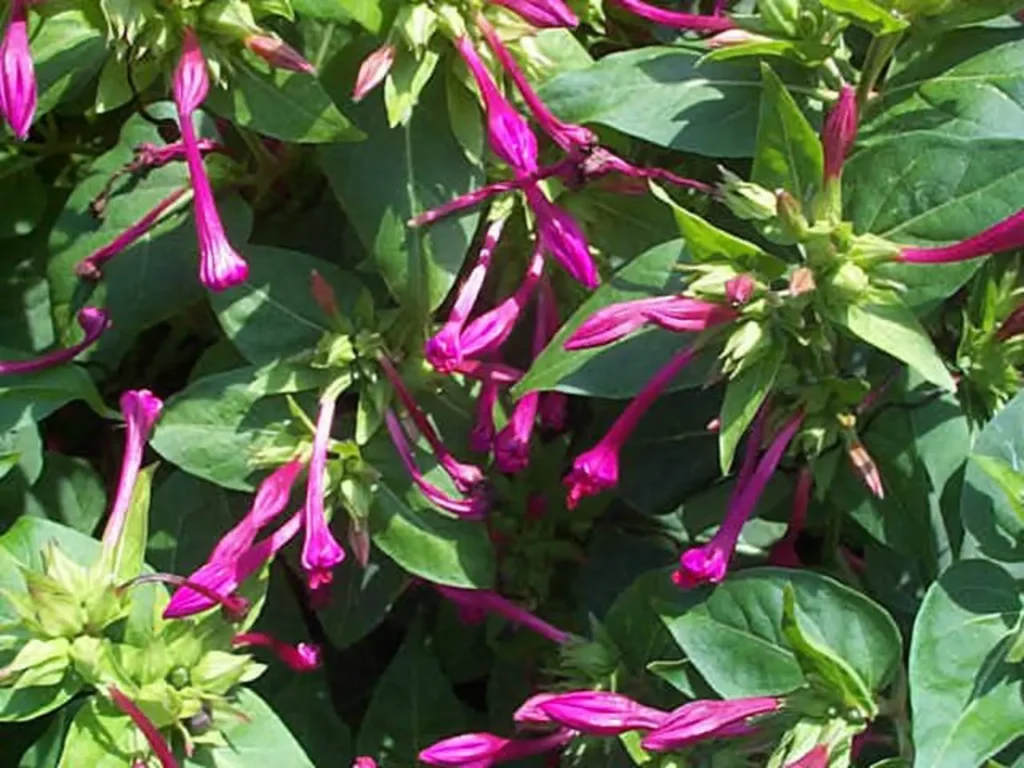
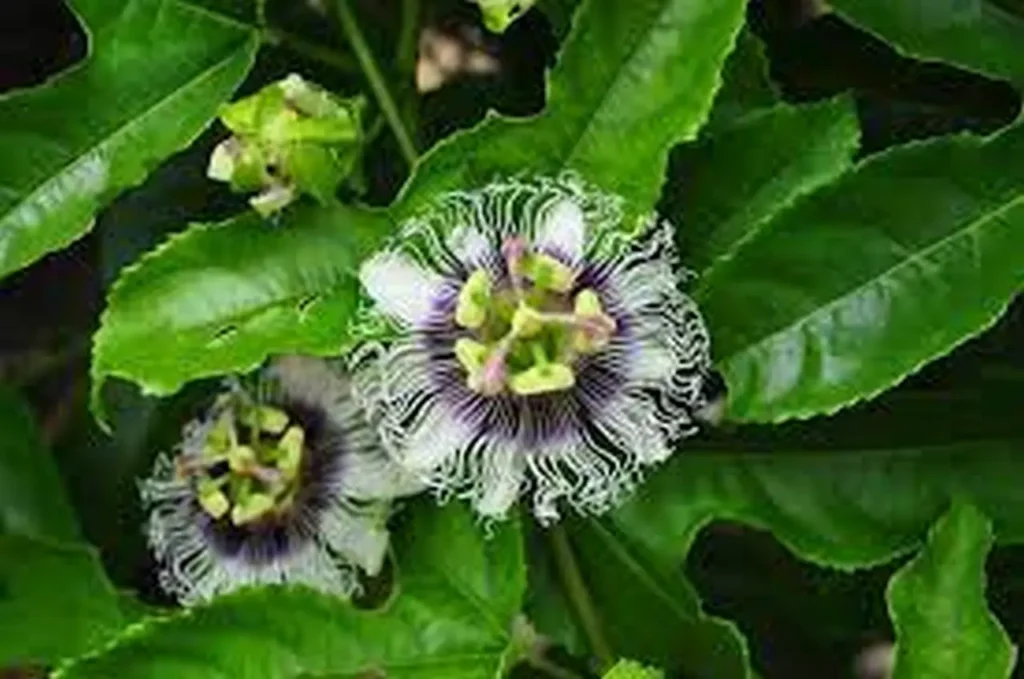
5. Canopy and Wildlife
The rainforest’s dense canopy, formed by the interlocking branches and leaves of tall trees, creates a unique habitat for wildlife. Many species, such as monkeys, sloths, and birds, spend their entire lives in the treetops, rarely descending to the forest floor.
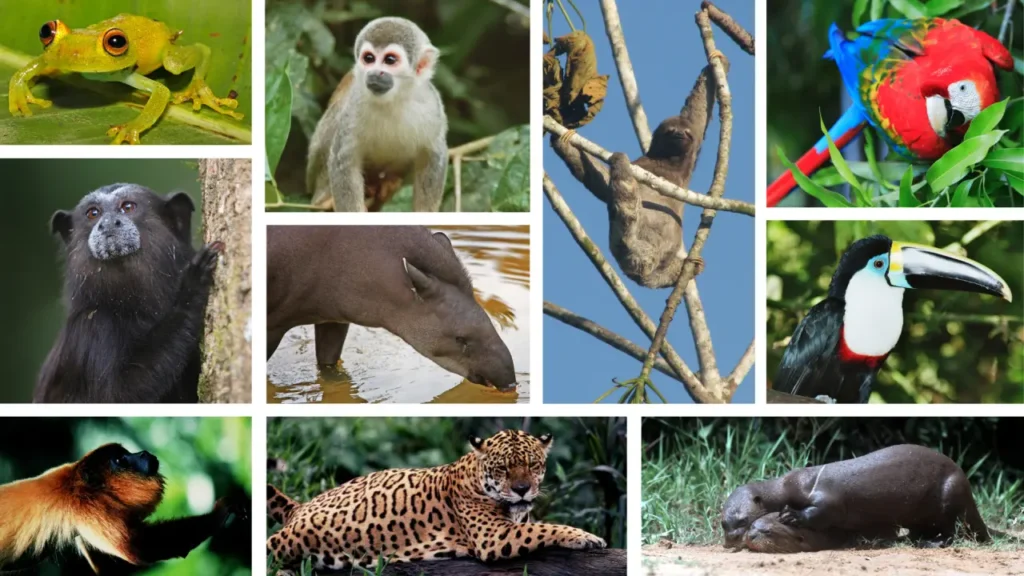
6. Unexplored Areas
Despite being extensively studied, vast portions of the Amazon Rainforest remain unexplored and undocumented. Scientists continue to discover new species and uncover previously unknown ecological relationships within the rainforest.
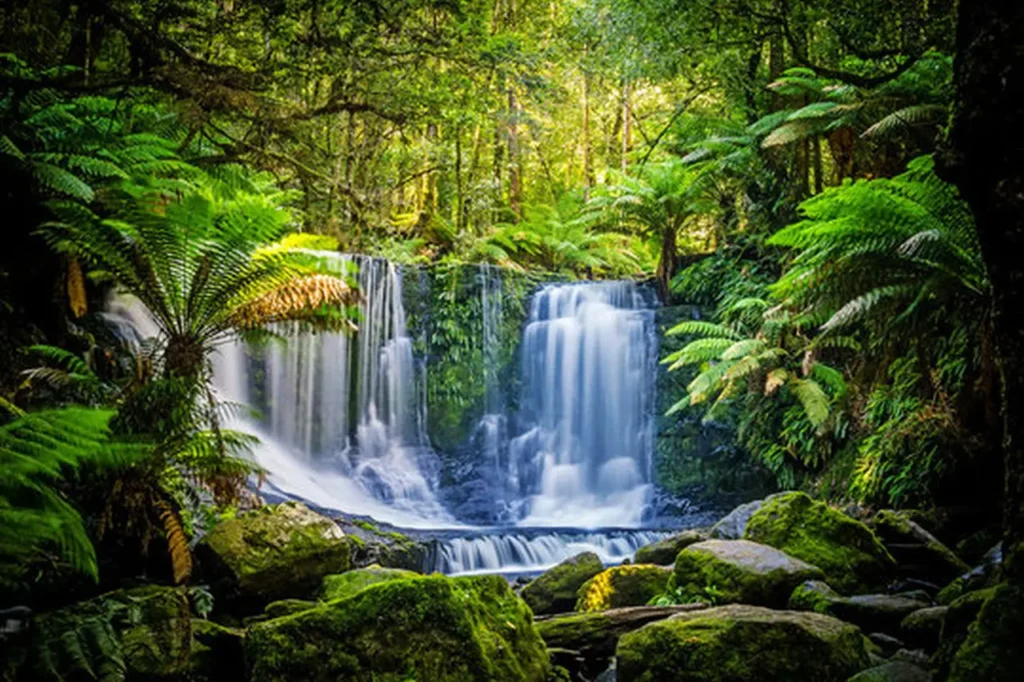
7. Unique Adaptations
Many species in the rainforest have developed fascinating adaptations to thrive in their environment. Examples include the camouflaged coloration of insects and frogs, the long beaks of hummingbirds for accessing nectar, and the strong grips of tree-dwelling animals like sloths and primates.
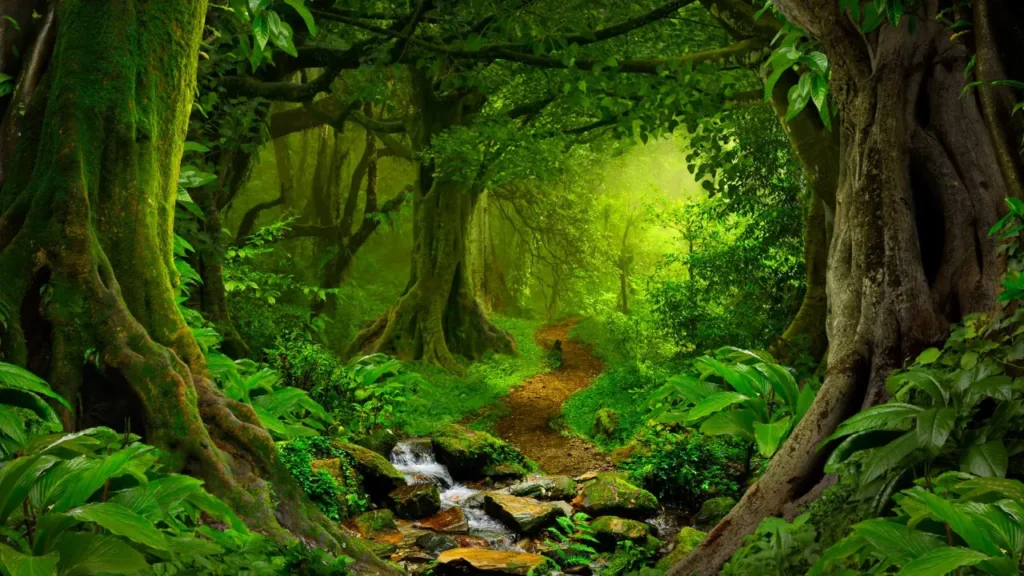
8. Bird Diversity
The Amazon Rainforest is a haven for birdwatchers. It boasts over 1,500 bird species, including iconic ones like macaws, toucans, and harpy eagles.
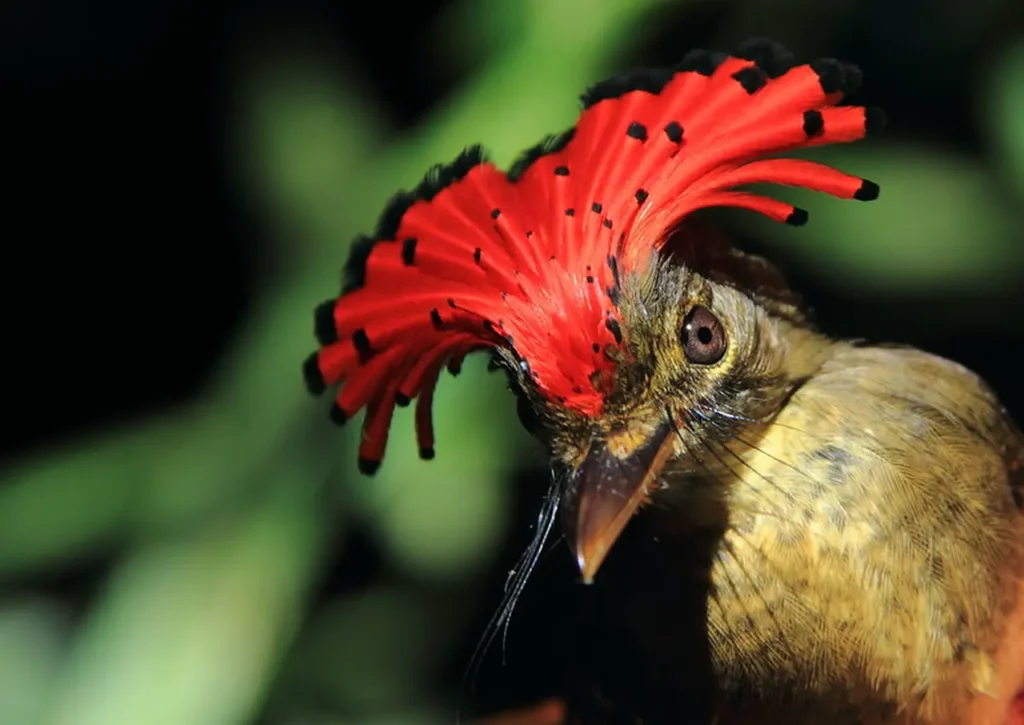
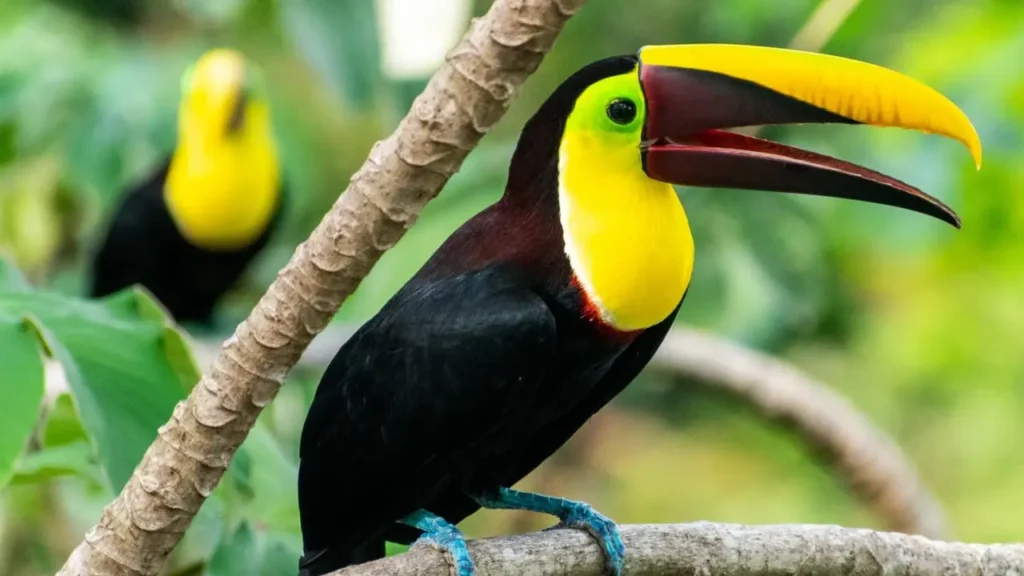
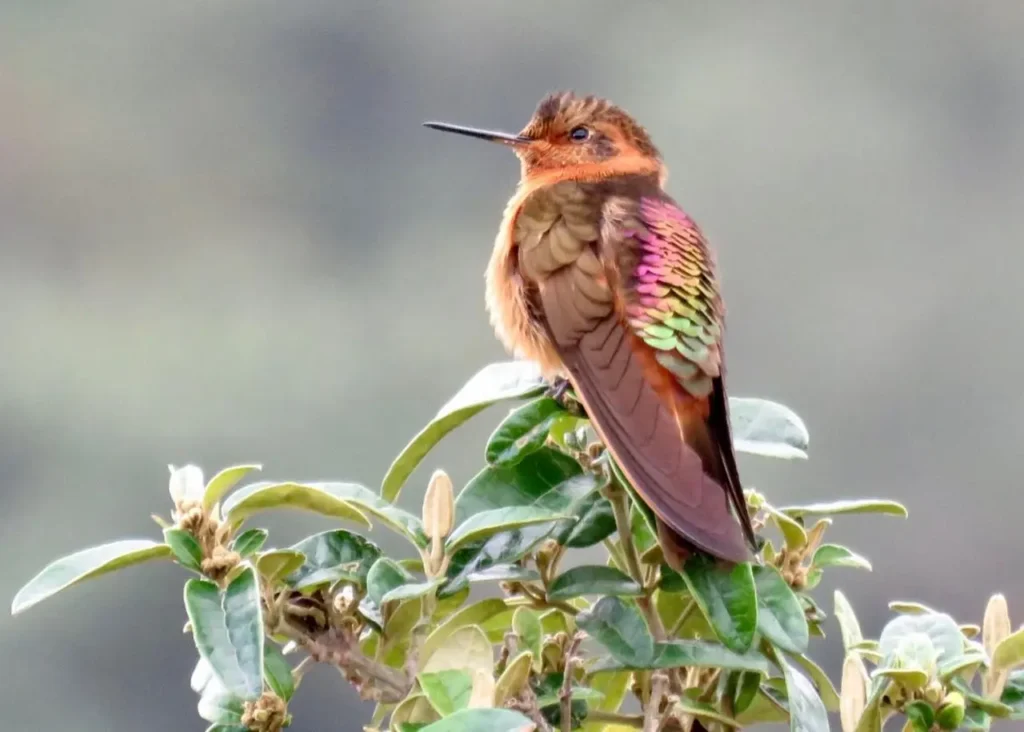
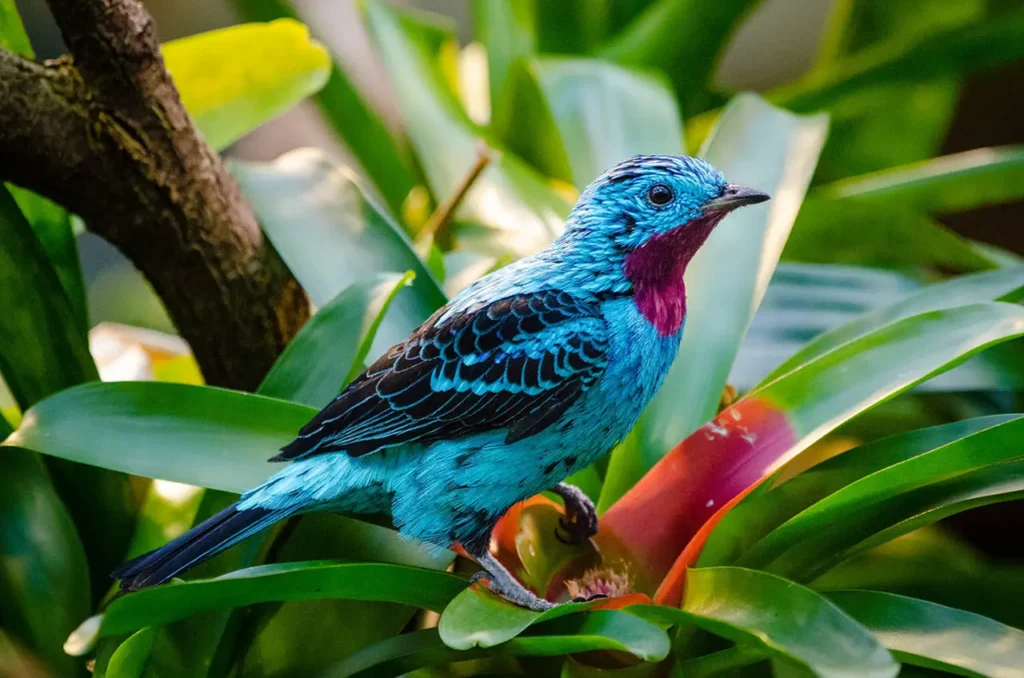
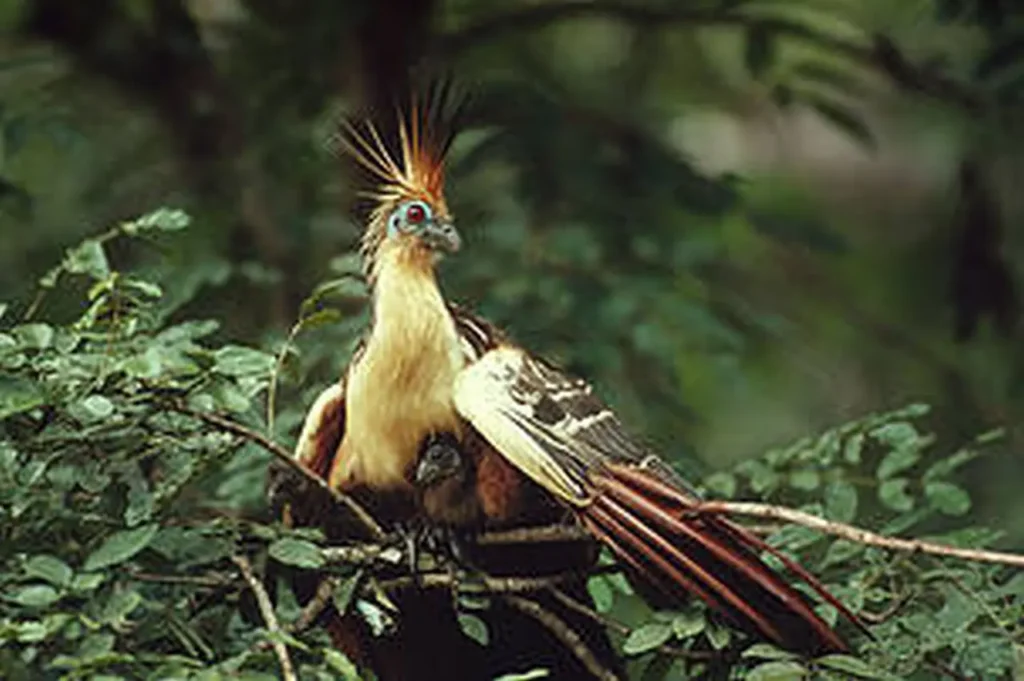
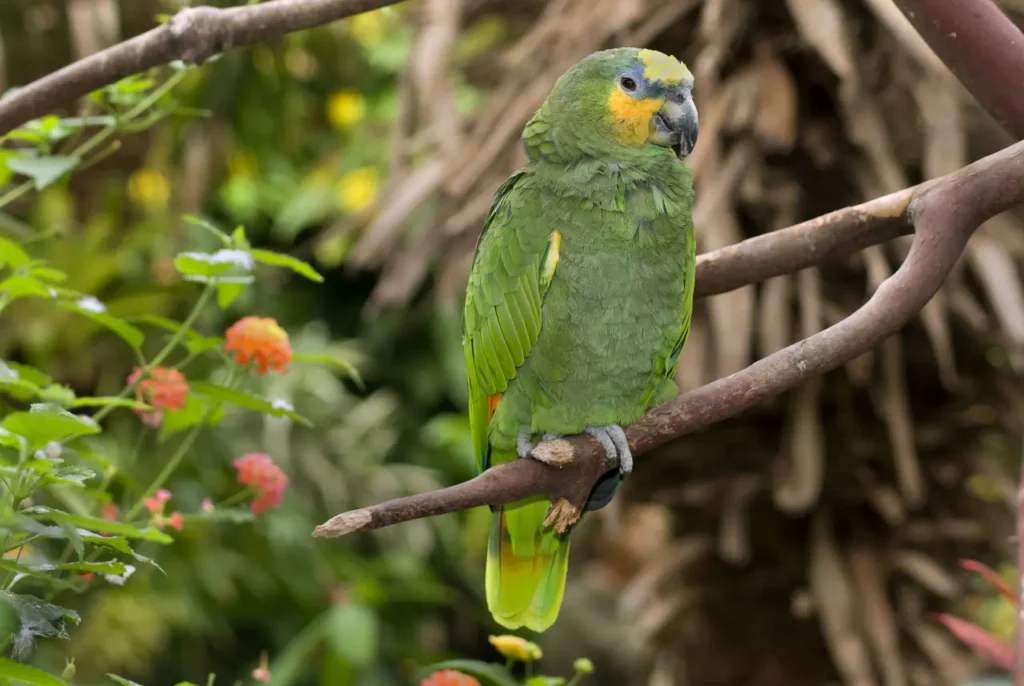
9. Ecotourism Opportunities
The Amazon Rainforest offers a range of ecotourism activities, providing visitors with the opportunity to explore its beauty and learn about its ecological importance. Guided tours, boat trips, and jungle treks allow for unique experiences and encounters with wildlife.
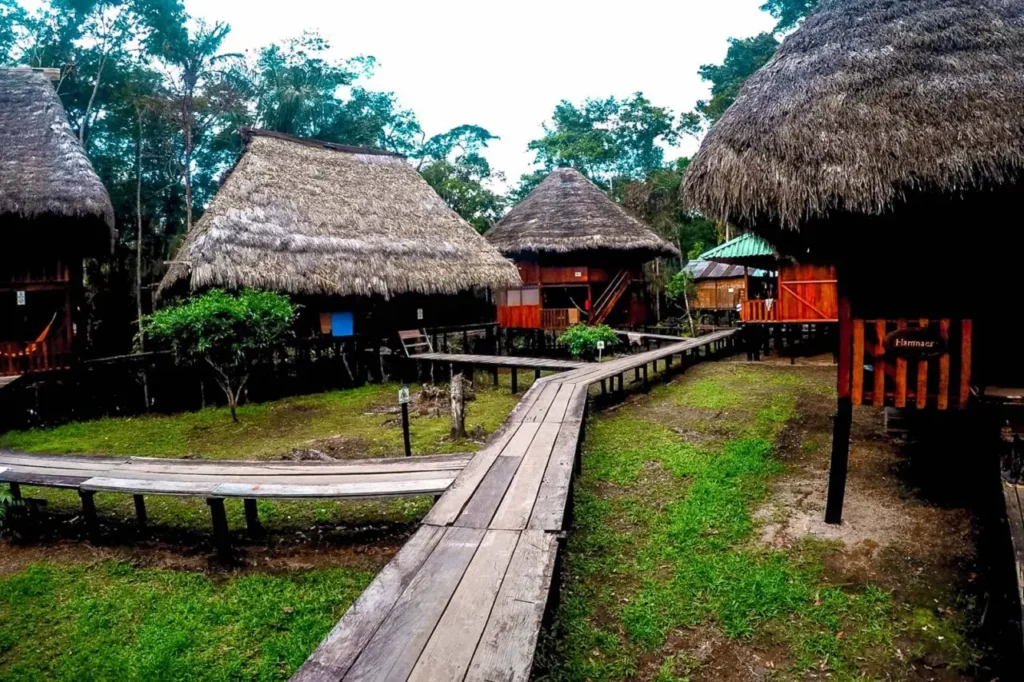
10. Hidden Tribes
The Amazon Rainforest is believed to be home to numerous isolated or uncontacted indigenous tribes. These communities have limited or no contact with the outside world, preserving their unique cultures and traditions.
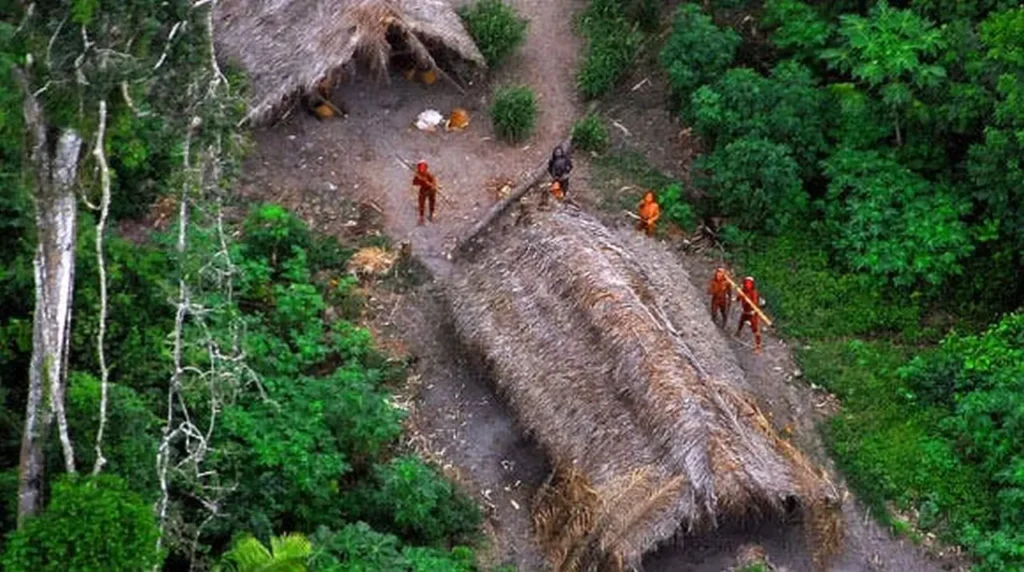
11. Canopy Walkways
Some areas of the Amazon Rainforest offer canopy walkways, elevated pathways or suspension bridges that allow visitors to explore the upper levels of the rainforest. Walking among the treetops provides a different perspective and the opportunity to observe wildlife from above.
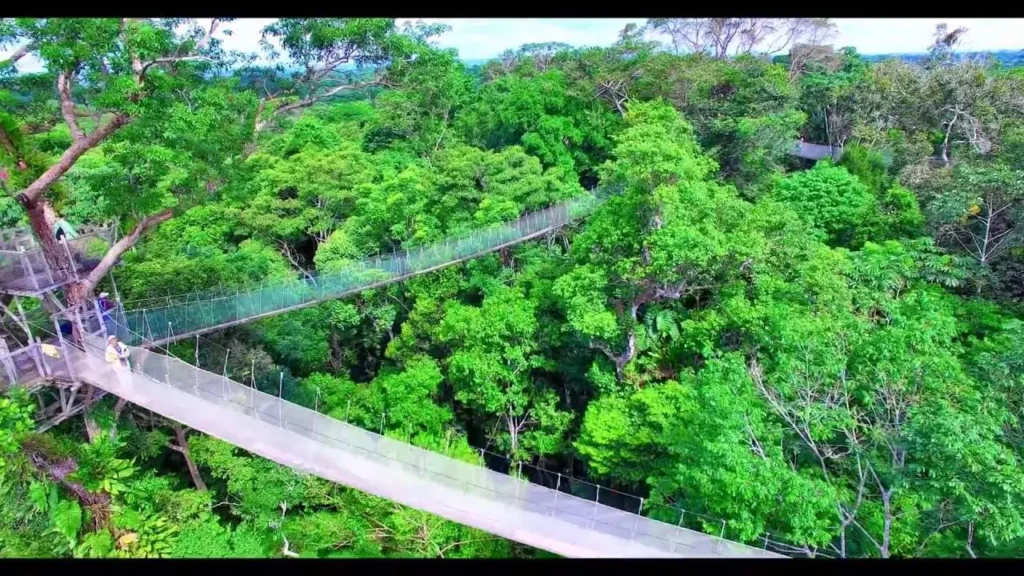
12. River Dolphins
The Amazon River is home to the enchanting pink river dolphin, also known as the Amazon river dolphin or Boto. These dolphins have a pinkish hue and are known for their intelligence and playful behavior.
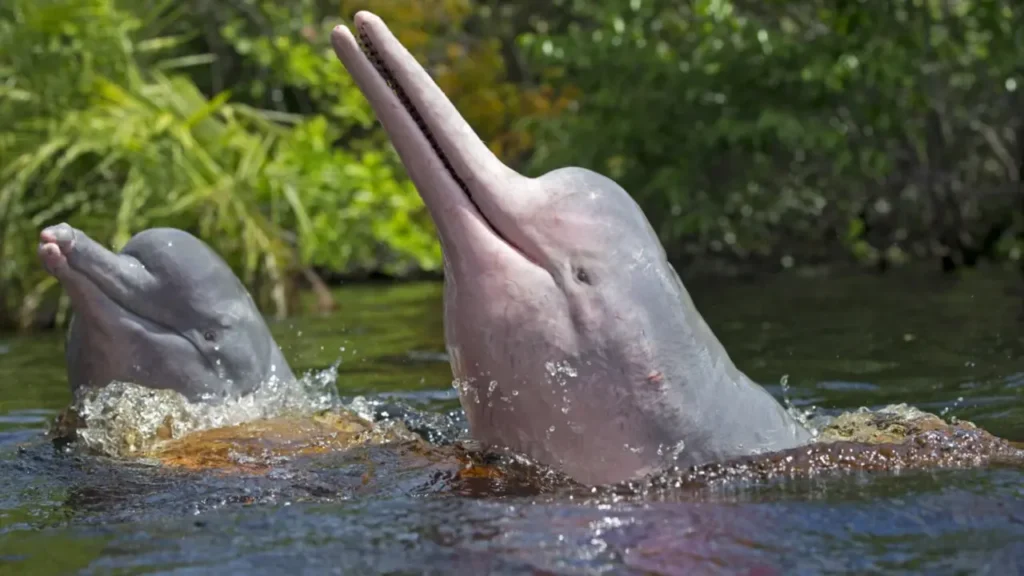
13. Giant Water Lilies
The Amazon Rainforest is home to the giant water lily, scientifically known as Victoria amazonica or Victoria regia. These impressive lilies have enormous circular leaves that can reach up to 3 meters (10 feet) in diameter.
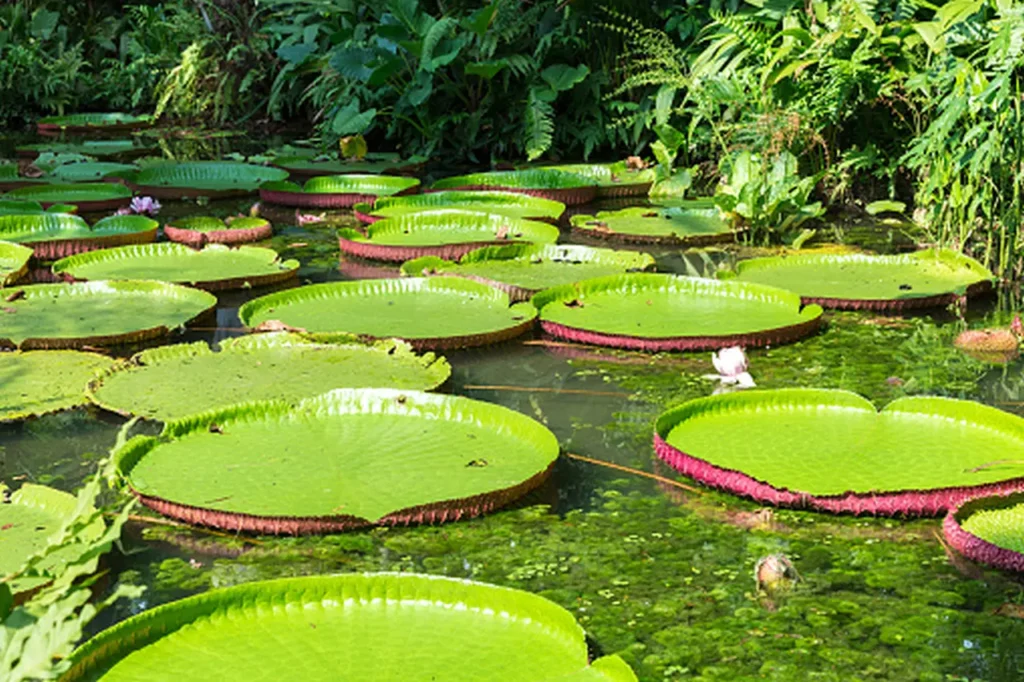
14. Anacondas
The Amazon Rainforest is home to the world’s largest snake species, the green anaconda. These massive reptiles can grow to be several meters long and are known for their strength and ability to swallow prey whole.
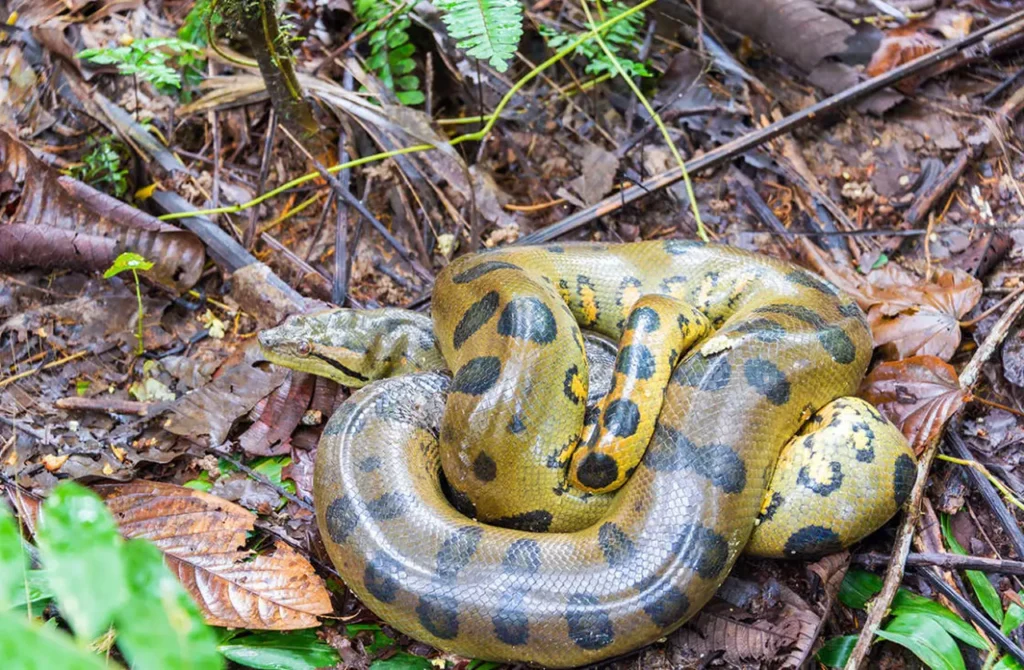
15. Floating Forests
During the rainy season, when the water levels rise, large areas of the Amazon Rainforest become flooded. This creates unique ecosystems known as “igapós” or “flooded forests,” where trees and plants have adapted to survive in waterlogged conditions.
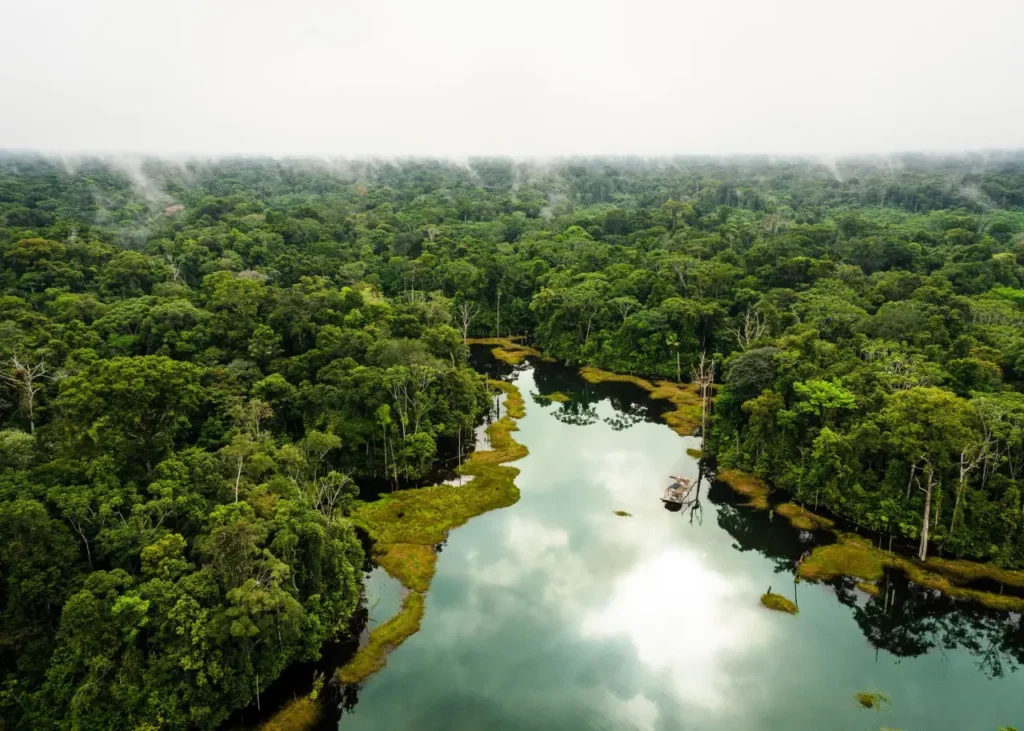
16. Amazon Rainforest Music
Indigenous communities in the Amazon Rainforest have a rich musical heritage. They use traditional instruments such as drums, flutes, and rattles, and their music often reflects their connection to nature and their spiritual beliefs.
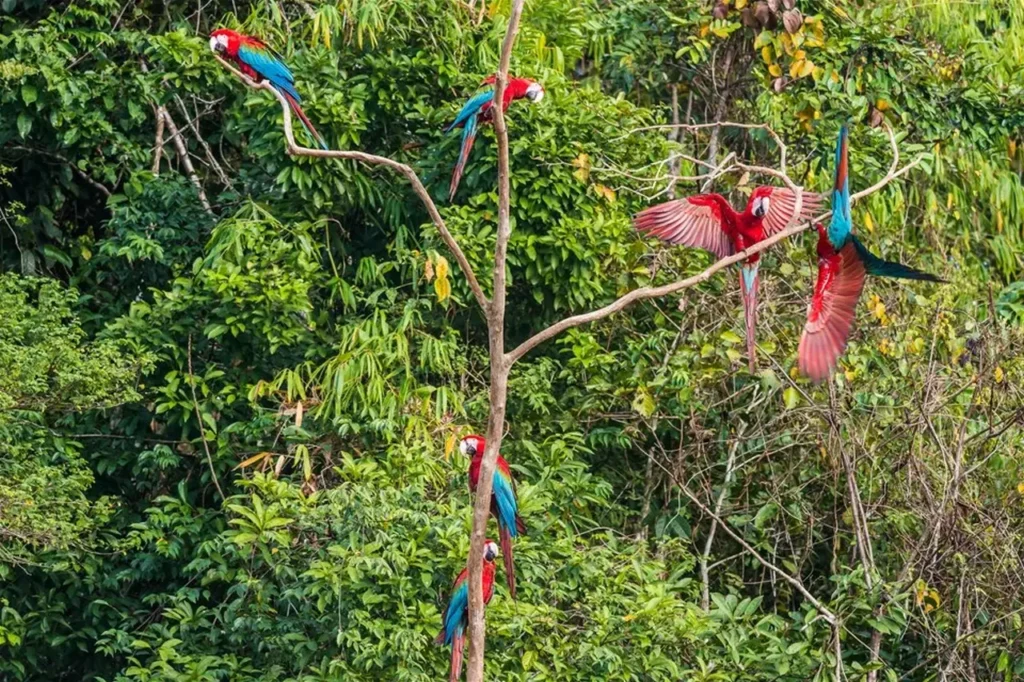
17. Poison Dart Frogs
The rainforest is home to a variety of colorful and poisonous frogs, known as poison dart frogs. These small amphibians exhibit vibrant colors and patterns, serving as a warning to potential predators.
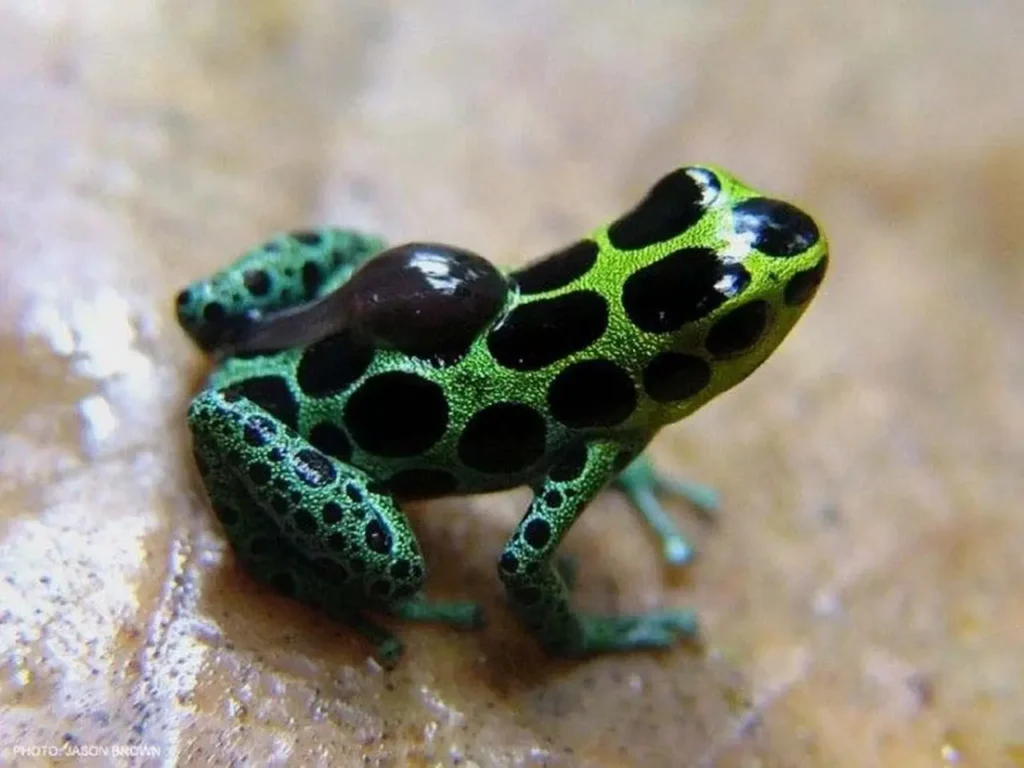
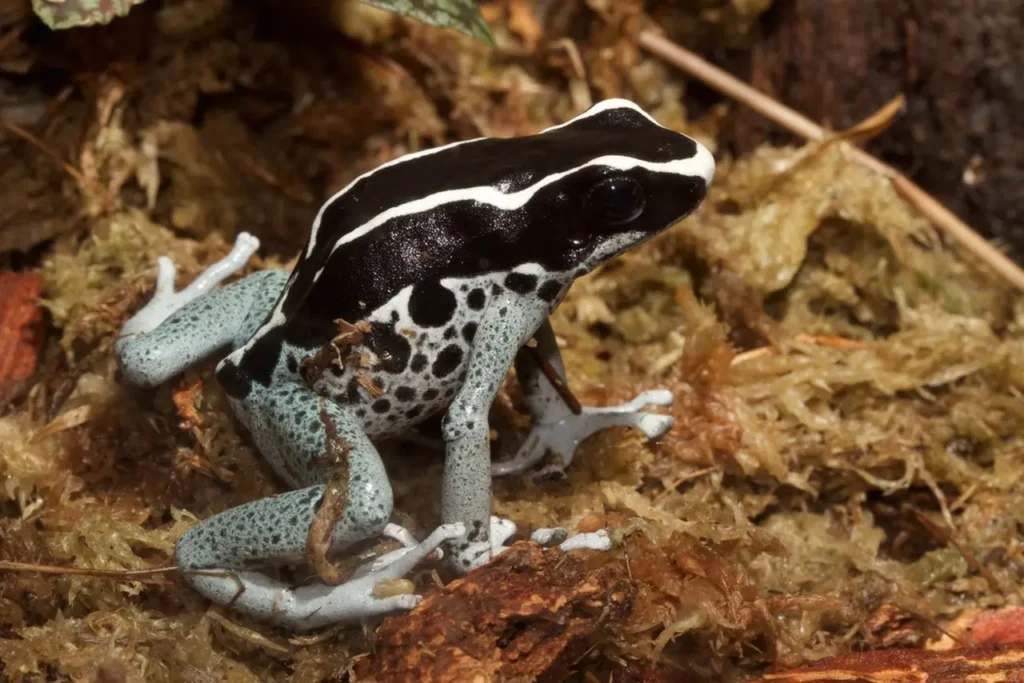
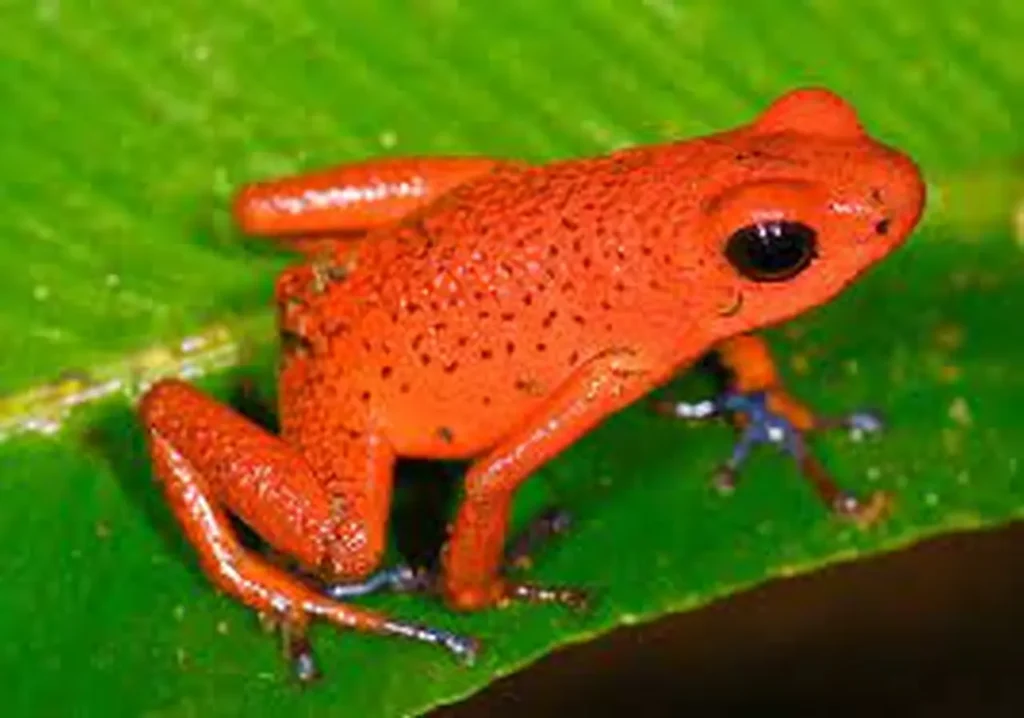
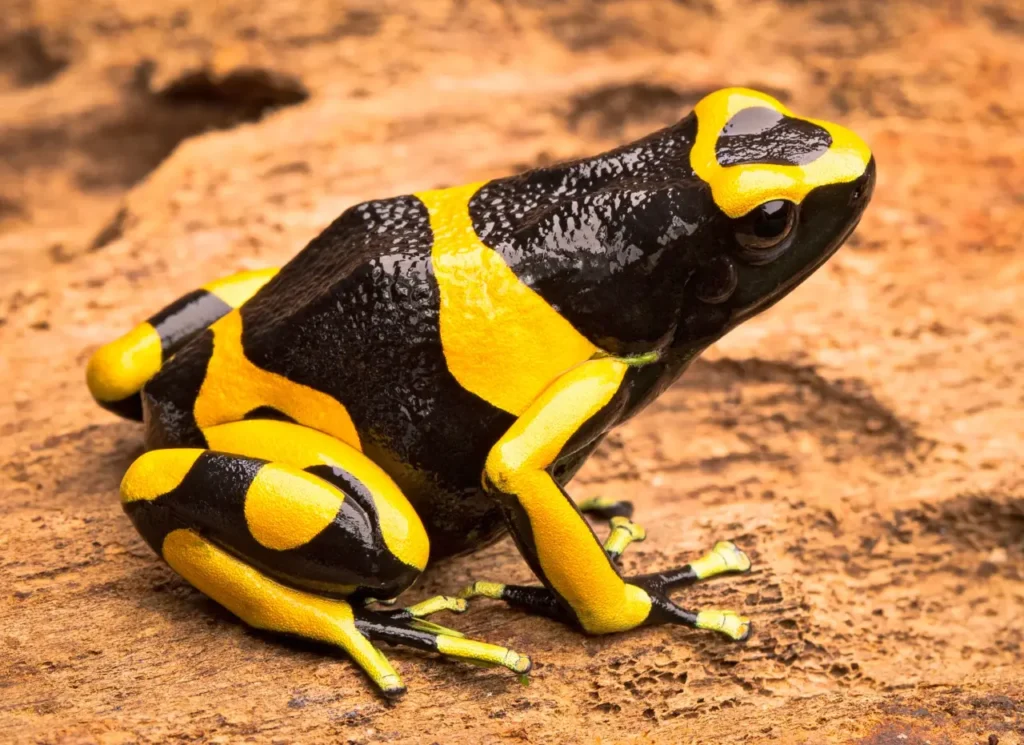
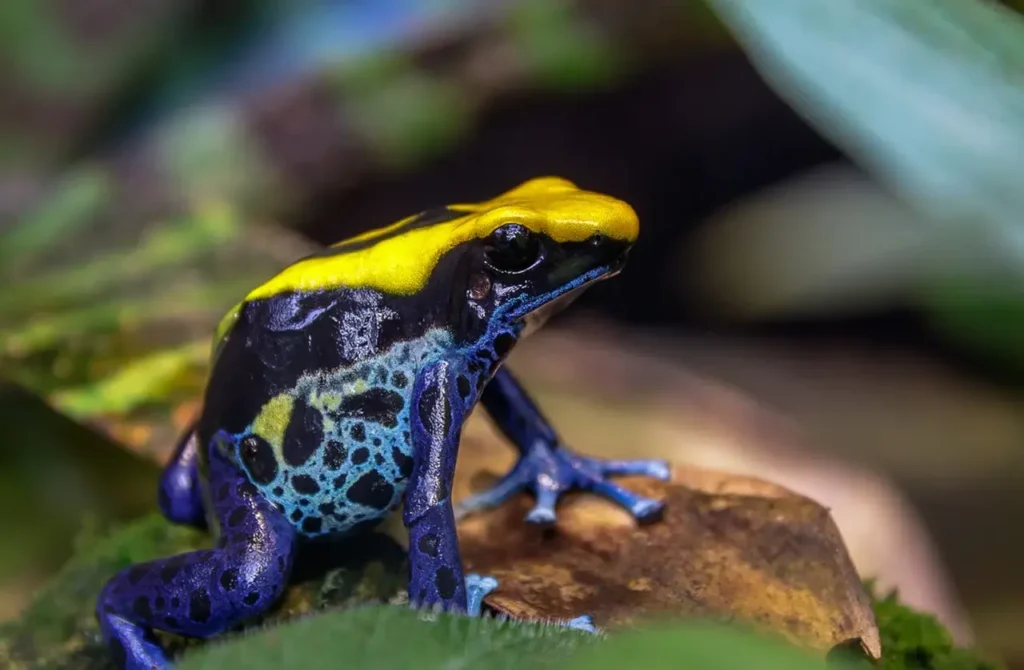
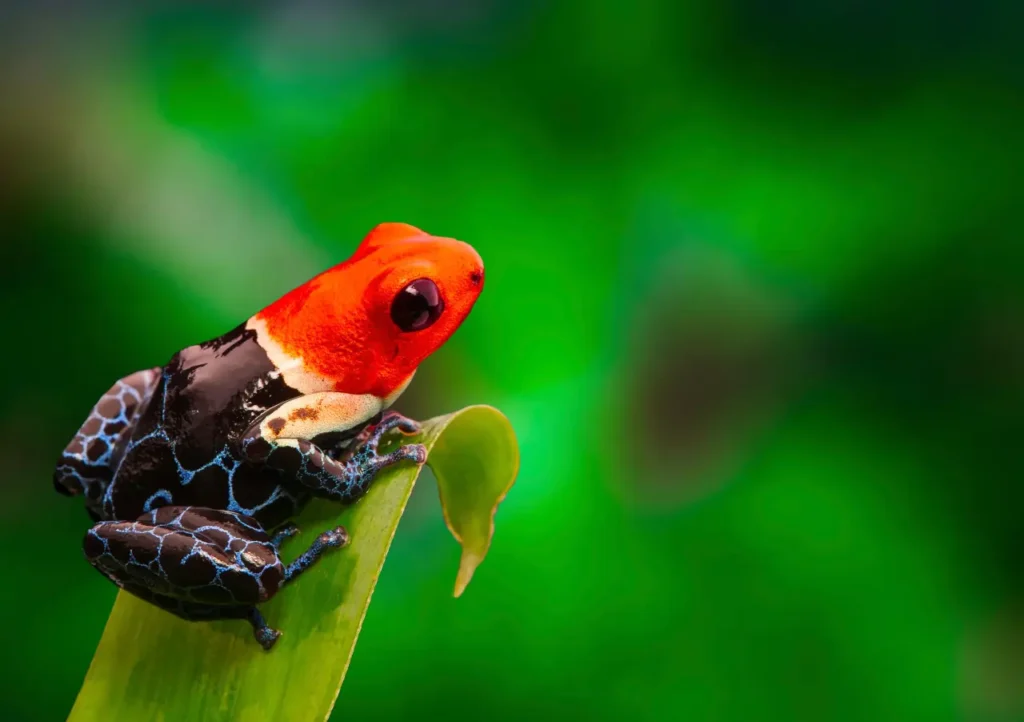
18. Macaw Clay Licks
The rainforest is known for its macaw clay licks, where groups of macaws and other parrots gather to consume clay. These clay licks provide essential minerals and nutrients and also offer a stunning spectacle of colorful birds.
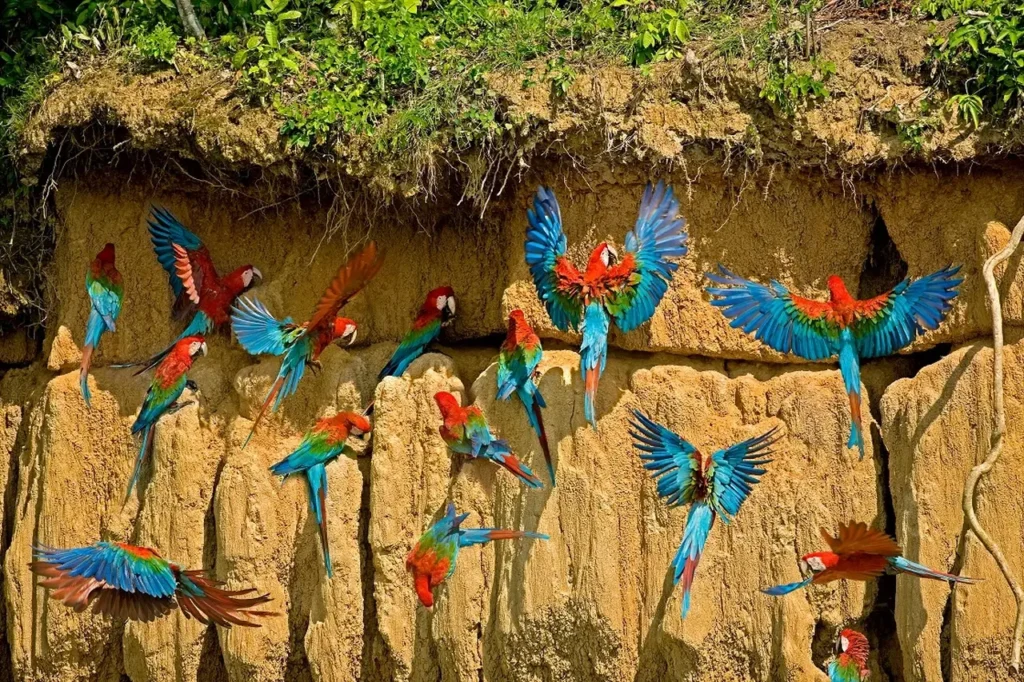
19. Sustainable Practices
Many conservation initiatives and sustainable practices are being implemented to protect the Amazon Rainforest. This includes efforts to promote responsible tourism, support local communities, and develop sustainable livelihoods that preserve the forest’s resources.
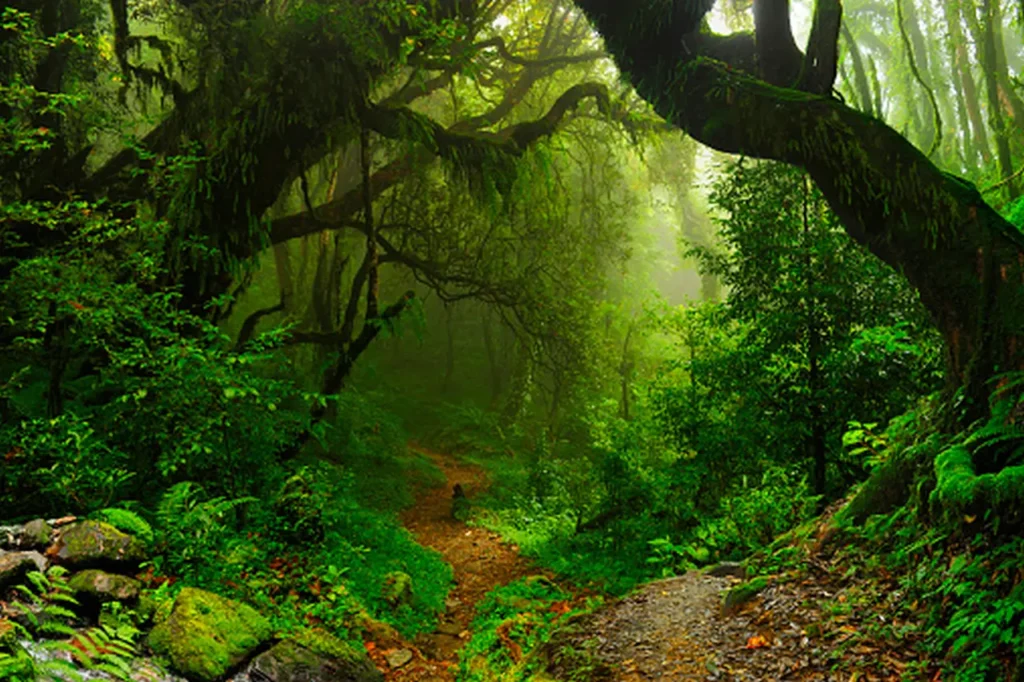
20. Epiphytes and Air Plants
The rainforest is teeming with epiphytes, plants that grow on other plants but do not rely on them for nutrients. Air plants, also known as bromeliads, are a type of epiphyte commonly found in the Amazon Rainforest. They absorb nutrients and moisture from the air and rain.
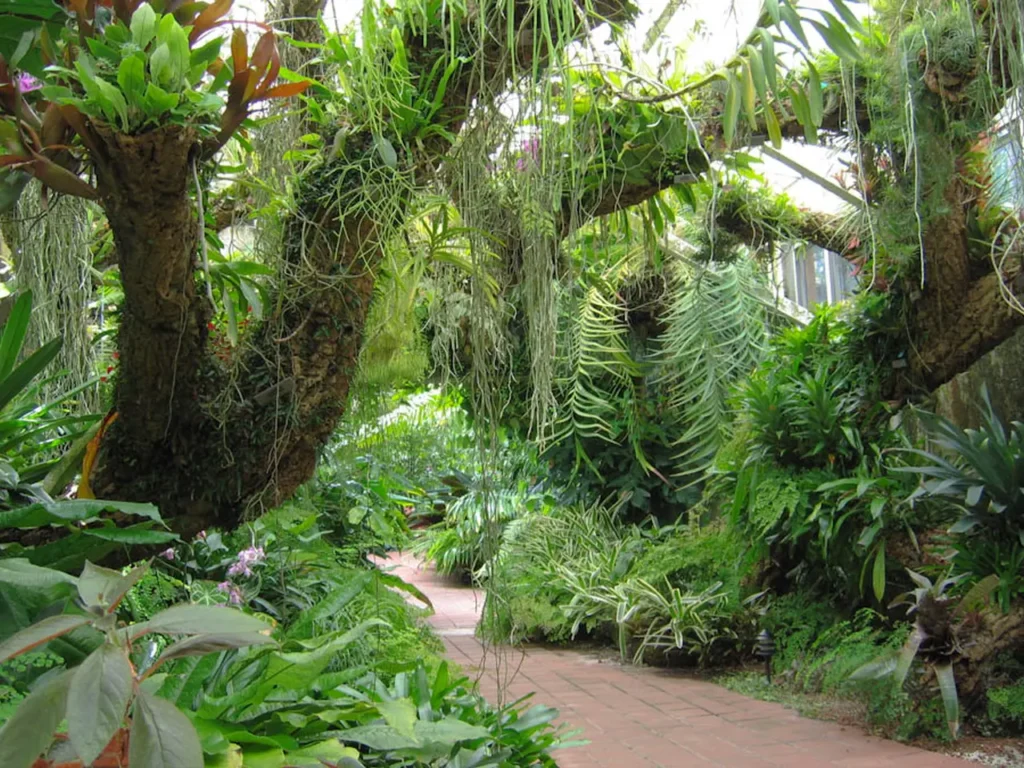
21. Pirañas
The Amazon Rainforest is home to several species of pirañas, known for their sharp teeth and carnivorous nature. These fish play an important role in the ecosystem as scavengers and predators.
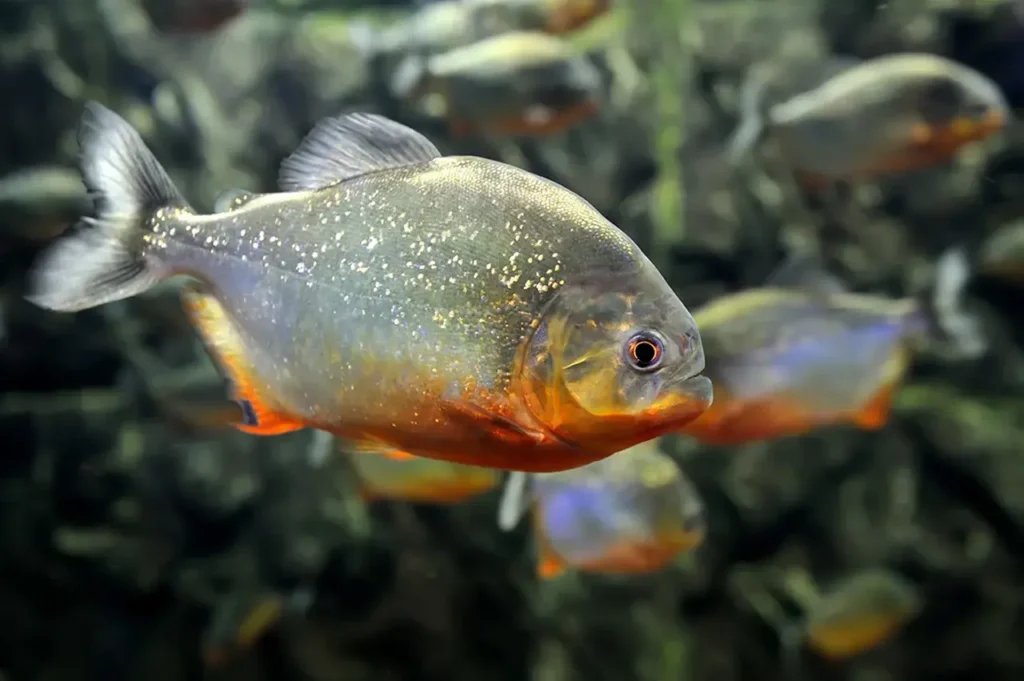
22. Tree of Life
The “ceiba” tree, also known as the tree of life or kapok tree, is an iconic species in the Amazon Rainforest. It can grow to be very tall and serves as a habitat for various animals, including monkeys, birds, and insects.
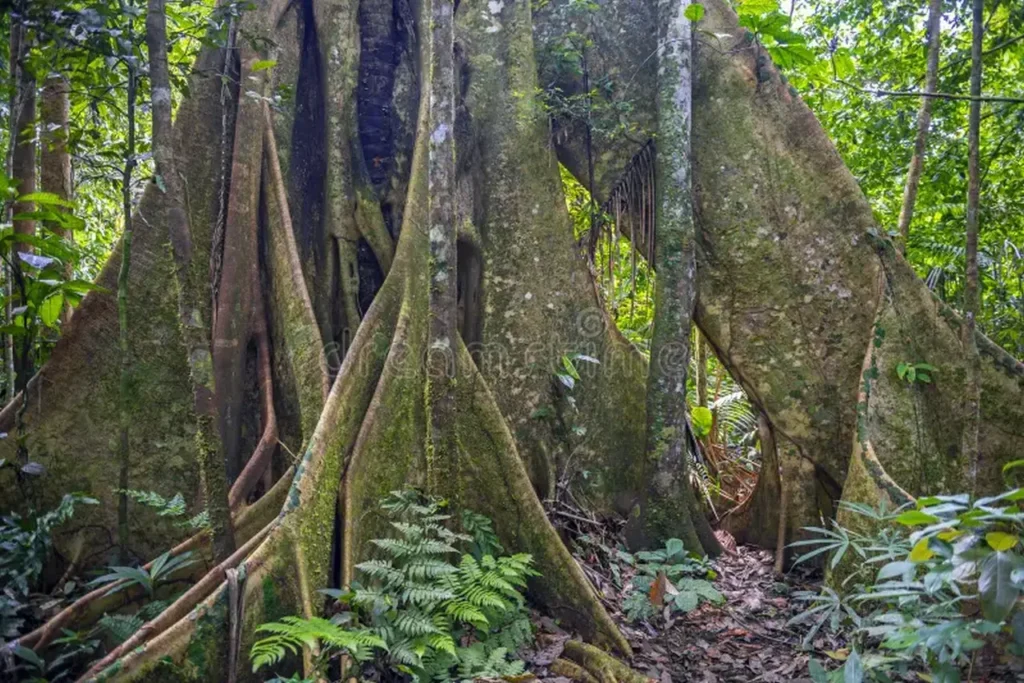
23. Indigenous Medicinal Knowledge
Indigenous tribes in the Amazon Rainforest possess extensive knowledge of medicinal plants and their healing properties. Many modern medicines have been derived from their traditional remedies, highlighting the importance of their ancient wisdom.
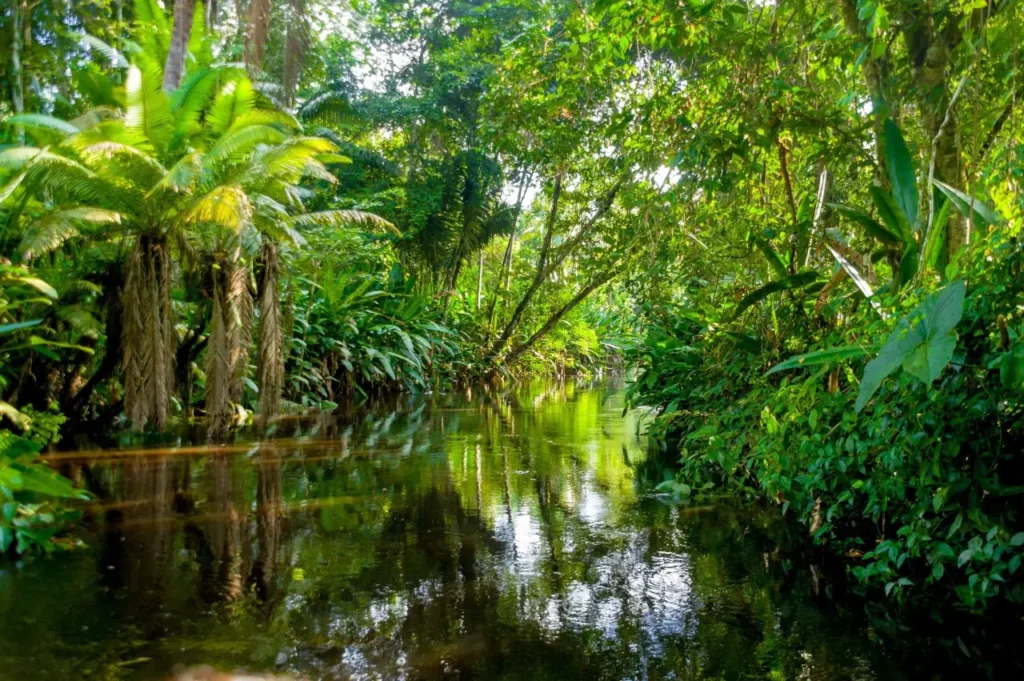
24. Canoeing and River Expeditions
Exploring the Amazon Rainforest often involves canoeing or taking river expeditions along the vast network of rivers and tributaries. These experiences provide a chance to navigate through pristine wilderness and encounter wildlife up close.
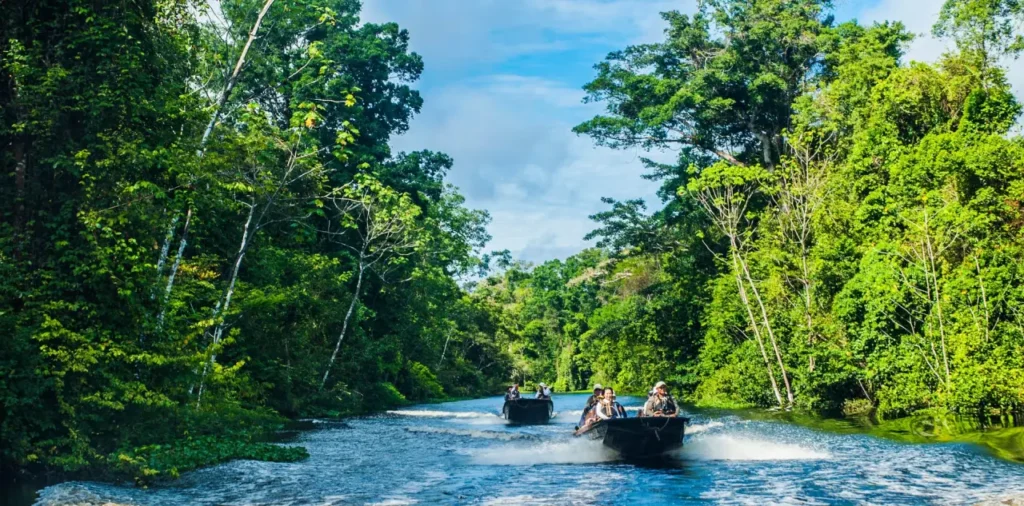
25. Giant Anteaters
The Amazon Rainforest is home to the giant anteater, a unique mammal known for its long snout and tongue. These creatures feed primarily on ants and termites and can consume thousands of insects in a single day.
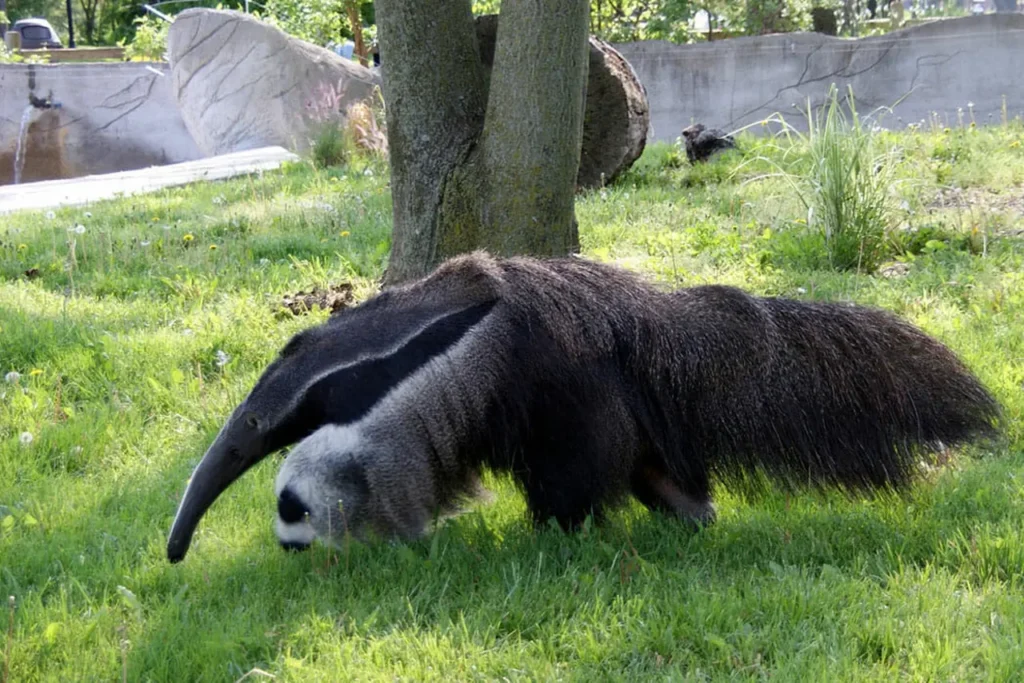
26. Sacred Ayahuasca
Ayahuasca is a powerful medicinal and spiritual brew made from plants found in the Amazon Rainforest. Indigenous communities have used ayahuasca for centuries in traditional ceremonies to gain insight, heal, and connect with the spiritual realm.
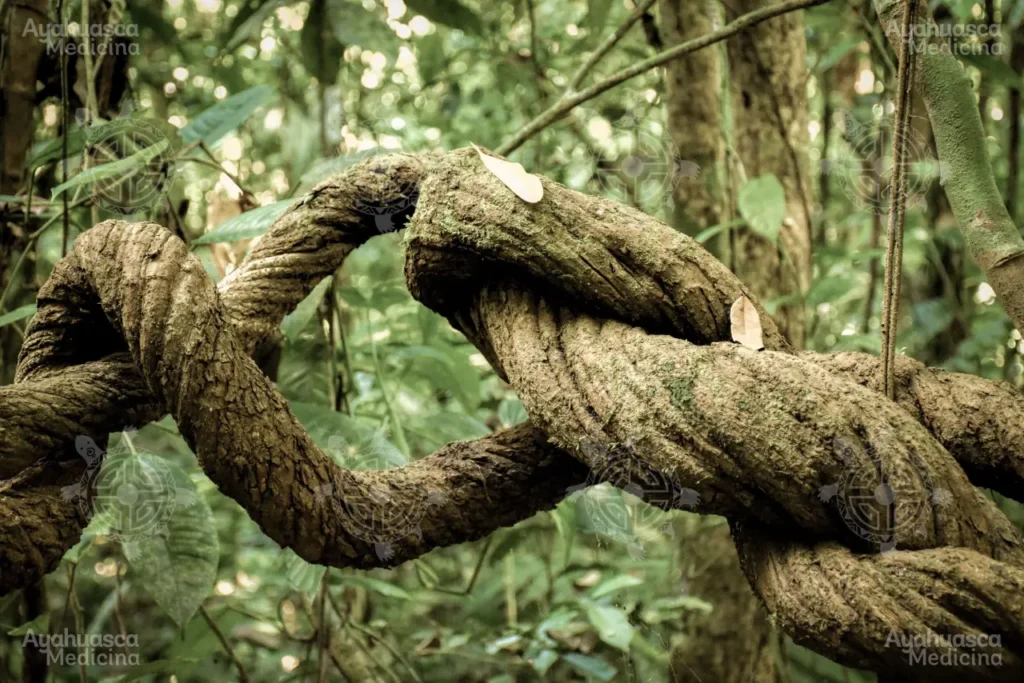
27. Challenging Conditions
The Amazon Rainforest presents various challenges to those who venture into its depths, including high humidity, dense vegetation, and an abundance of insects. However, these challenges are part of the rainforest’s allure and create a unique and adventurous experience for explorers.
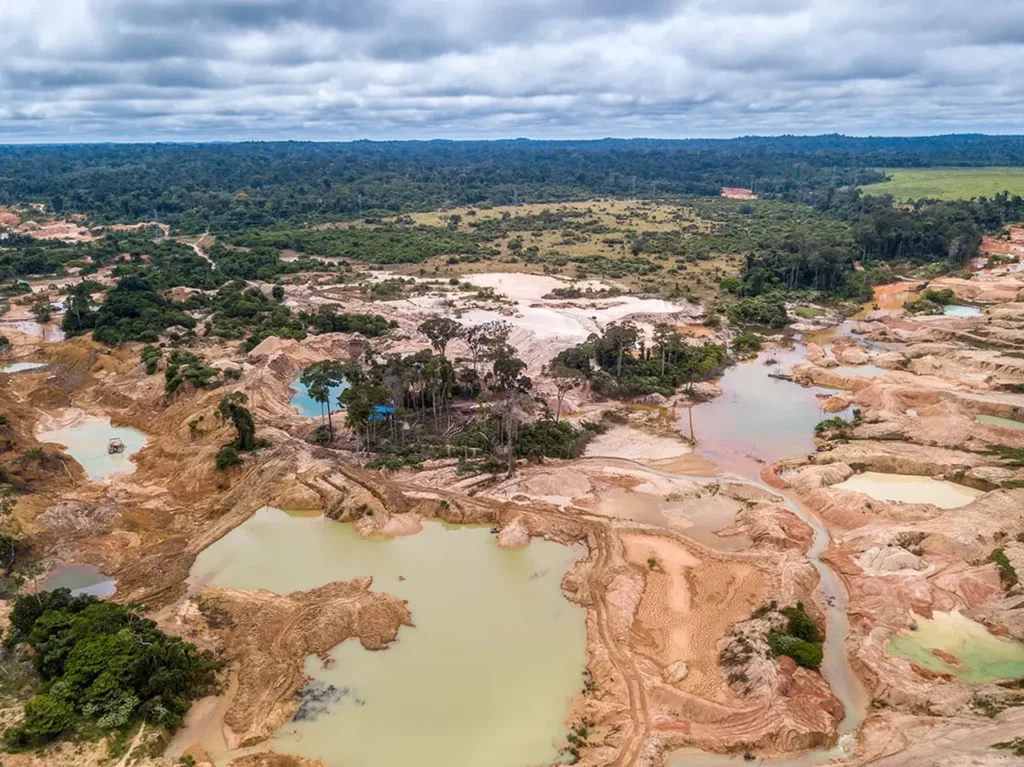
28. Electric Eels
The Amazon Rainforest is home to electric eels, which are not actually eels but a type of knifefish. They can produce electric shocks of up to 600 volts to stun prey or defend themselves. These electric eels play an important role in the ecosystem as predators.
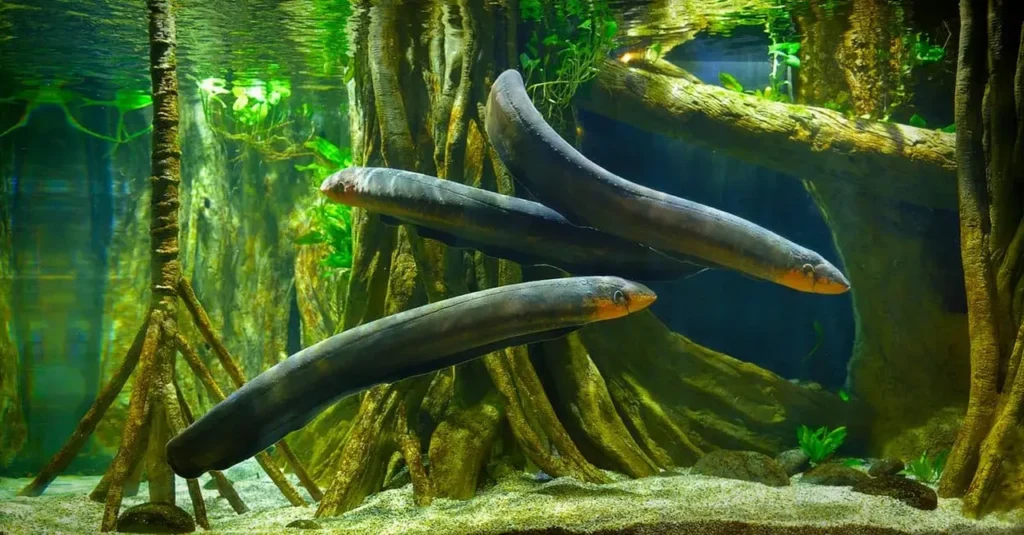
29. Army Ants
Army ants are highly organized and social insects found in the Amazon Rainforest. They form massive colonies that can consist of millions of individuals. Army ants are known for their aggressive behavior and their ability to move in a coordinated manner, devouring everything in their path.
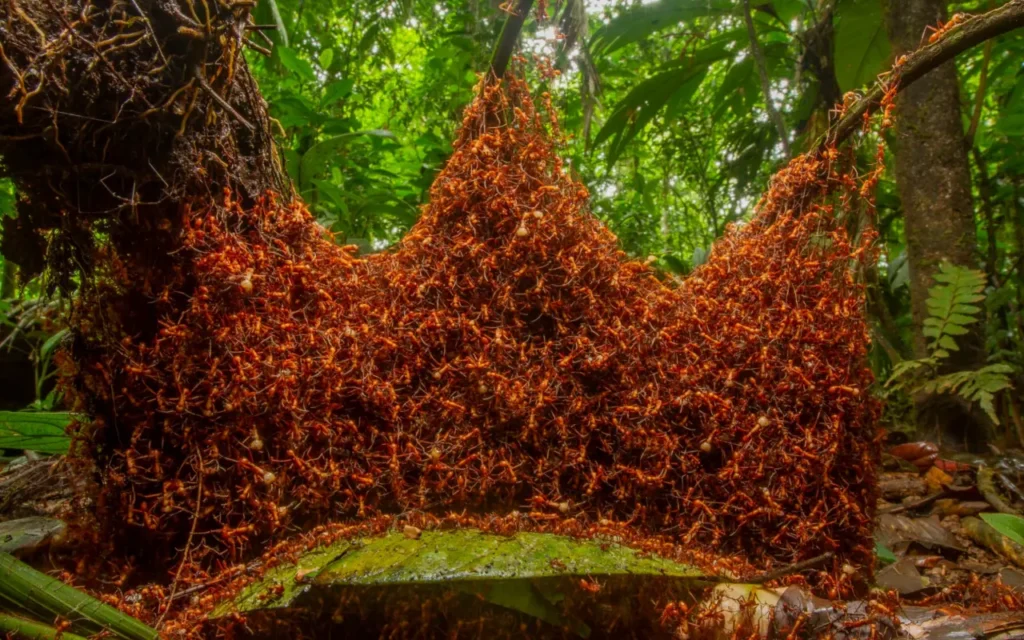
30. Pteropods
The Amazon Rainforest is home to a diverse range of bat species, including the giant fruit bats known as pteropods or flying foxes. These bats play an important role in pollination and seed dispersal, contributing to the rainforest’s ecosystem.
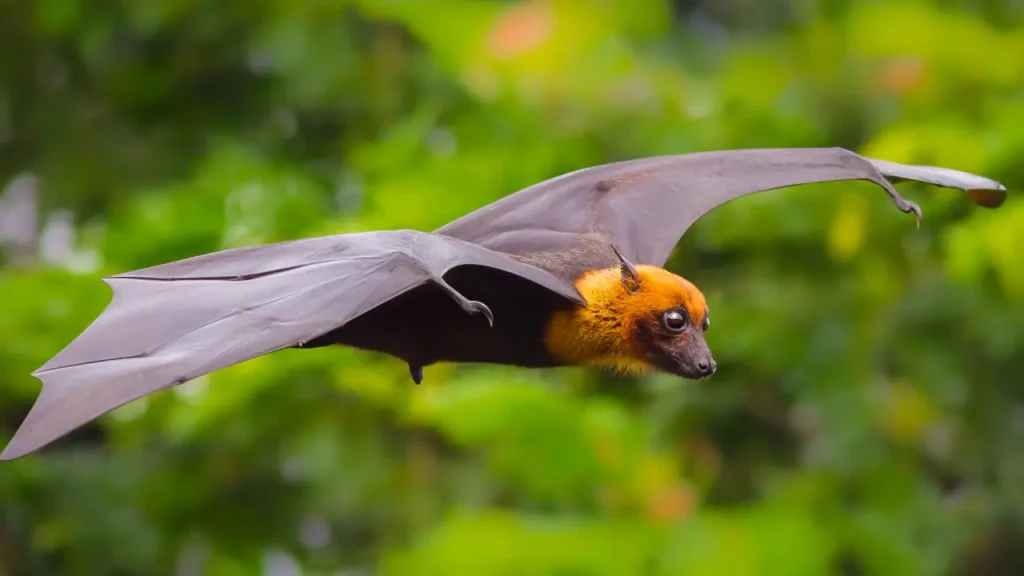
31. Lush Orchids
The Amazon Rainforest is renowned for its incredible orchid diversity. It is estimated that there are more than 3,000 orchid species in the region, making it one of the most orchid-rich areas in the world. These delicate and exotic flowers can be found growing on trees, rocks, and even on the forest floor.
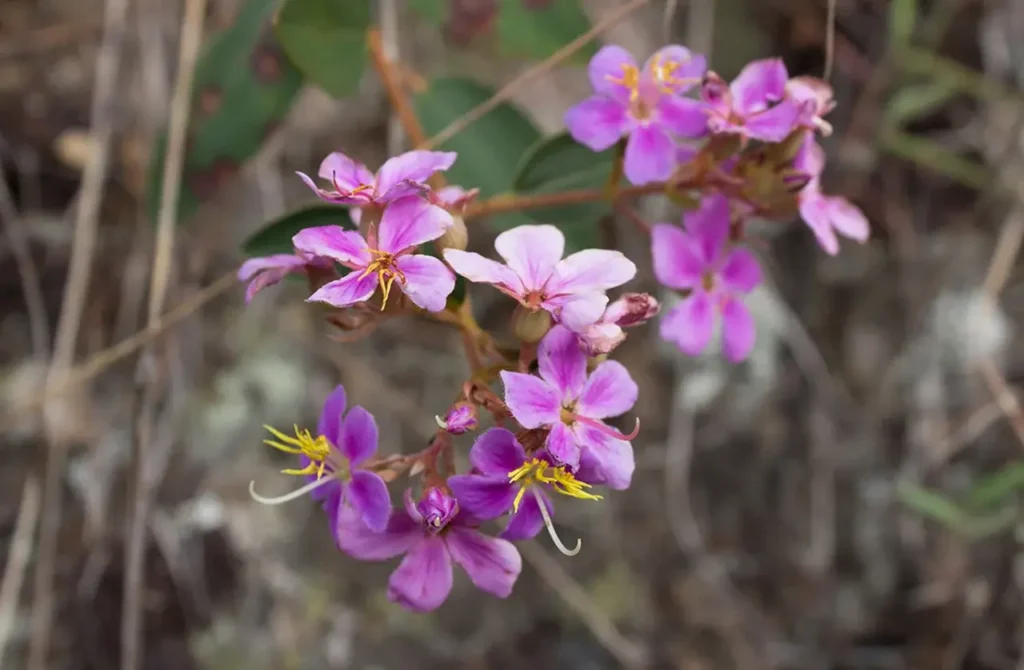
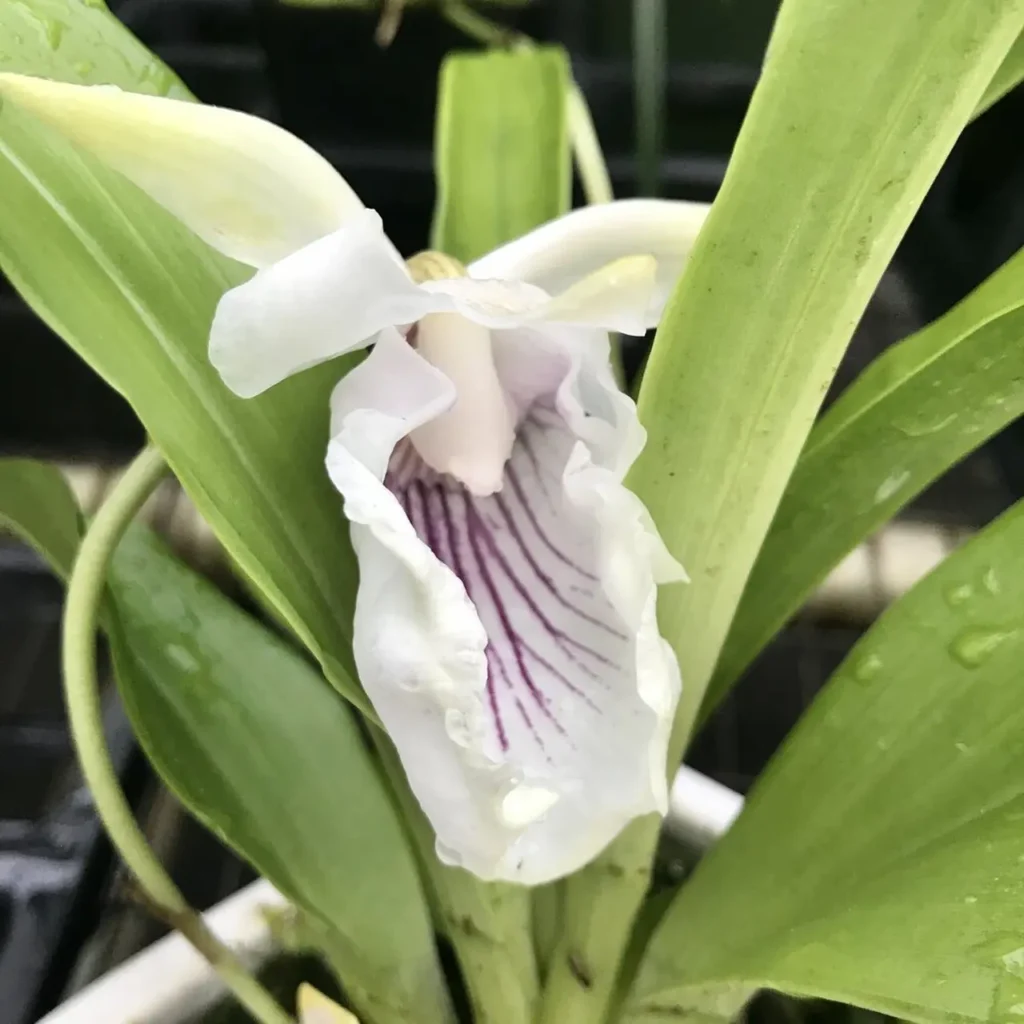
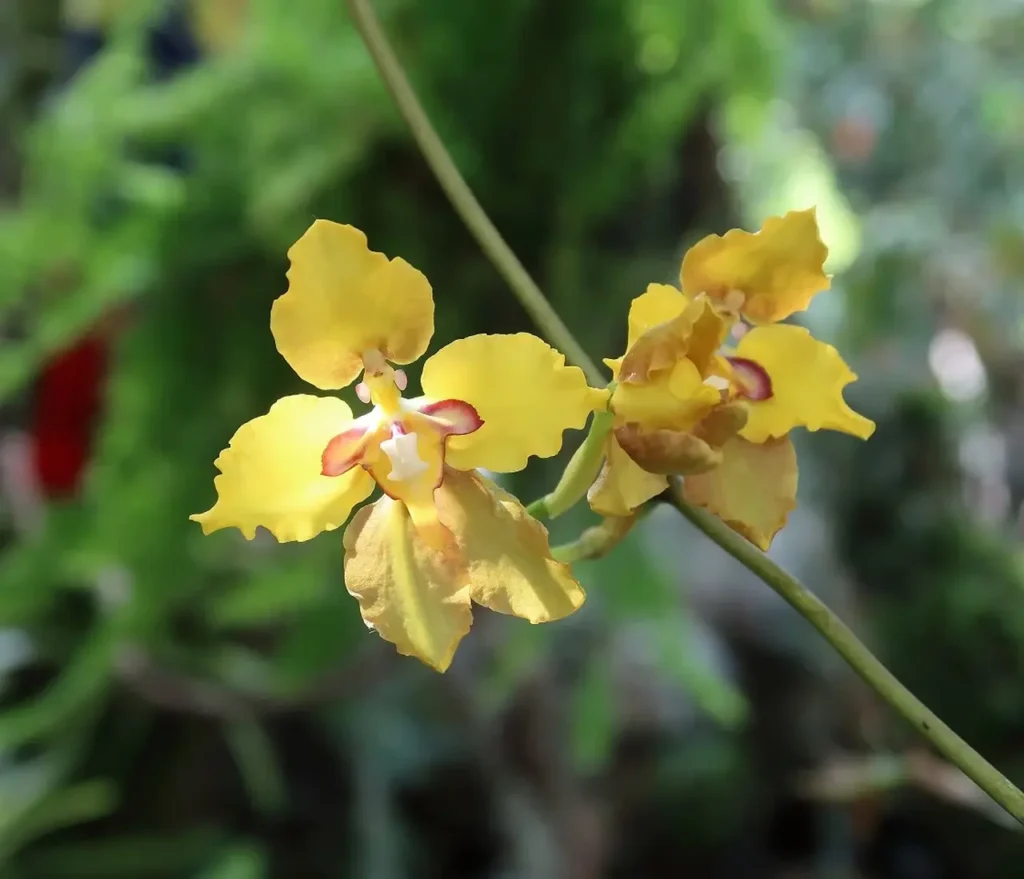
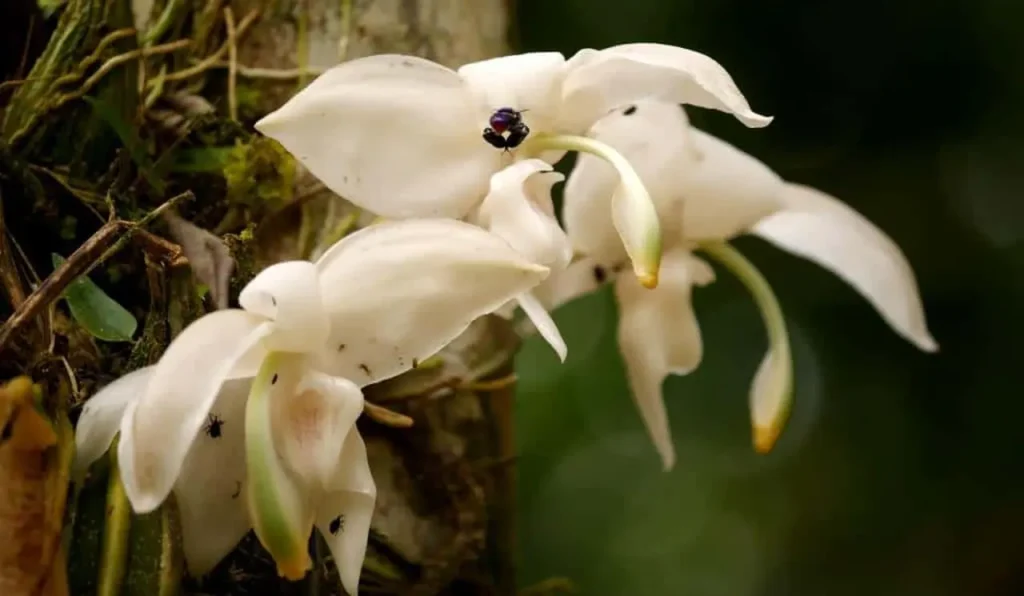
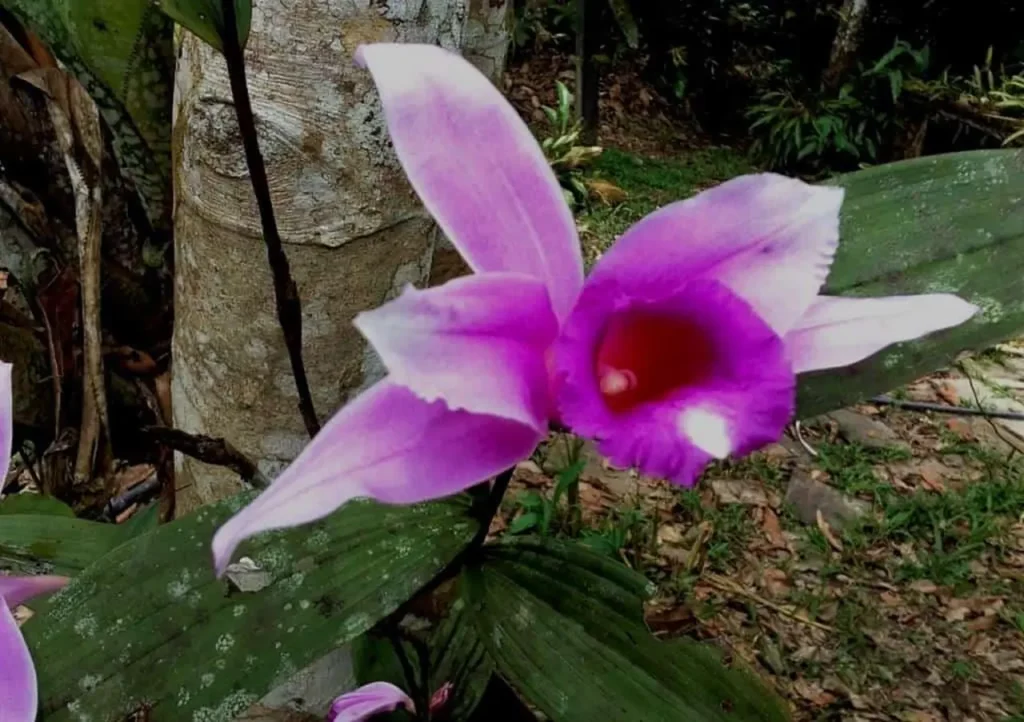
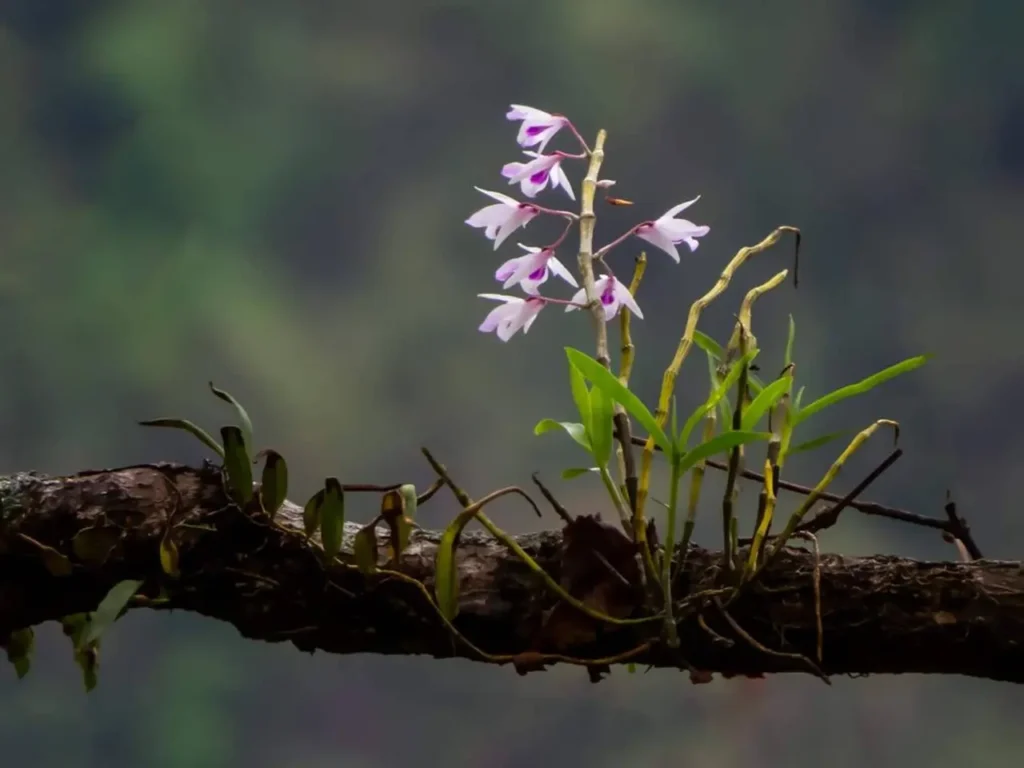
32. Nocturnal Creatures
The rainforest comes alive at night with a whole new set of creatures. Nocturnal animals such as owls, bats, night monkeys, and tarantulas become active, showcasing unique behaviors and adaptations suited for the darkness.
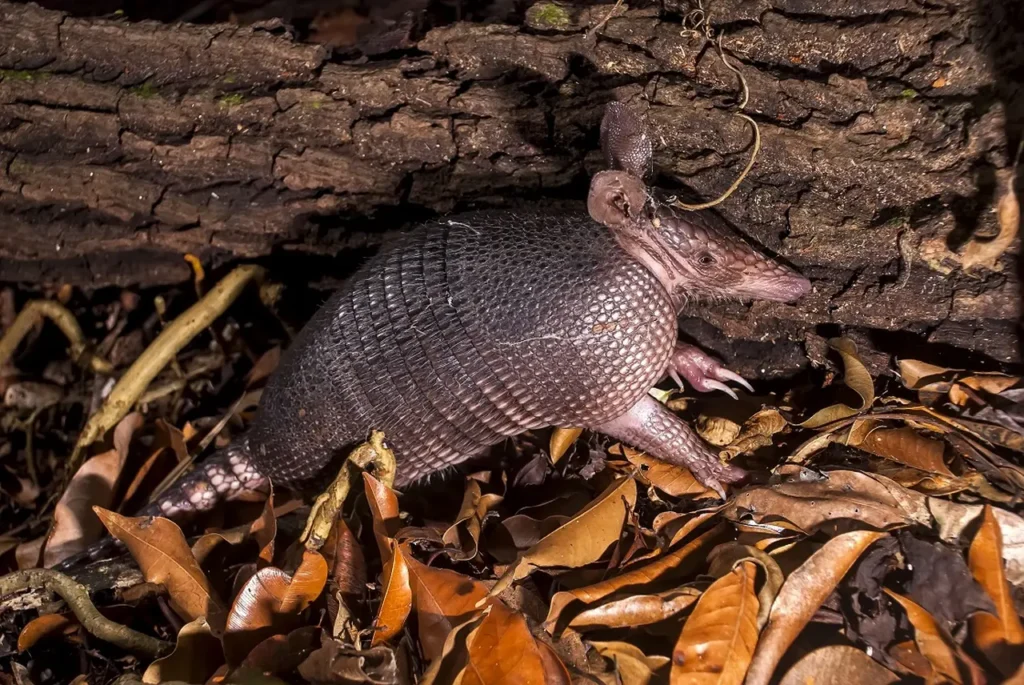
33. Natural Rubber
The Amazon Rainforest is the birthplace of natural rubber. The latex sap produced by rubber trees played a significant role in the development of the rubber industry. In the late 19th century, rubber barons exploited the resources of the rainforest, leading to economic booms and ecological impacts.
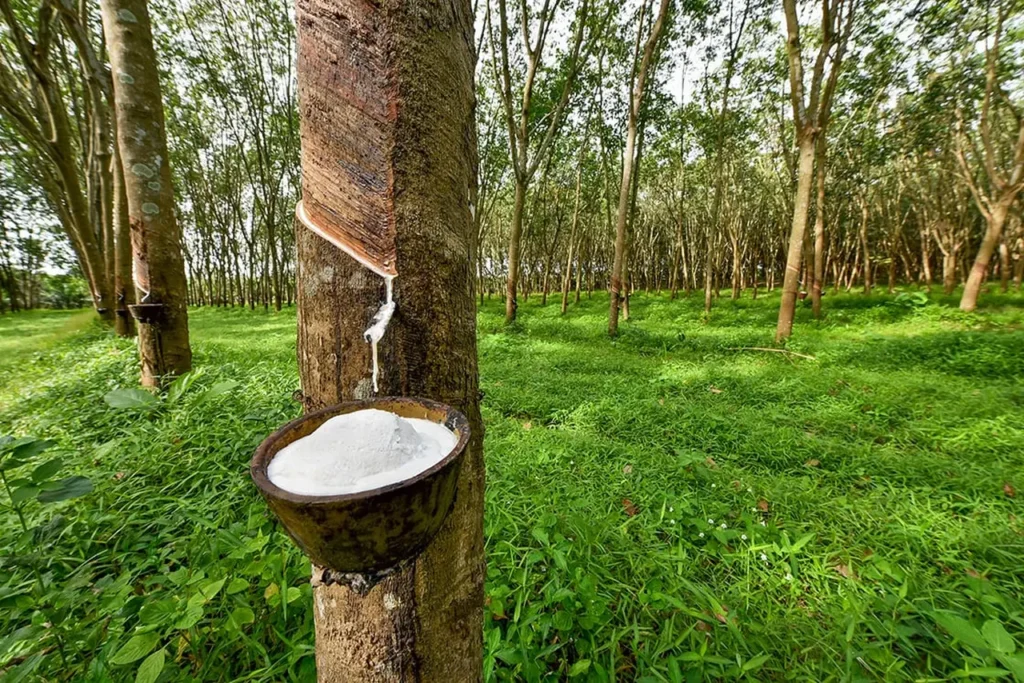
34. Pirarucu
The pirarucu, also known as the arapaima, is one of the largest freshwater fish in the Amazon Rainforest. It can reach lengths of over three meters (ten feet) and has a remarkable ability to breathe air with a specialized swim bladder, allowing it to survive in oxygen-poor environments.
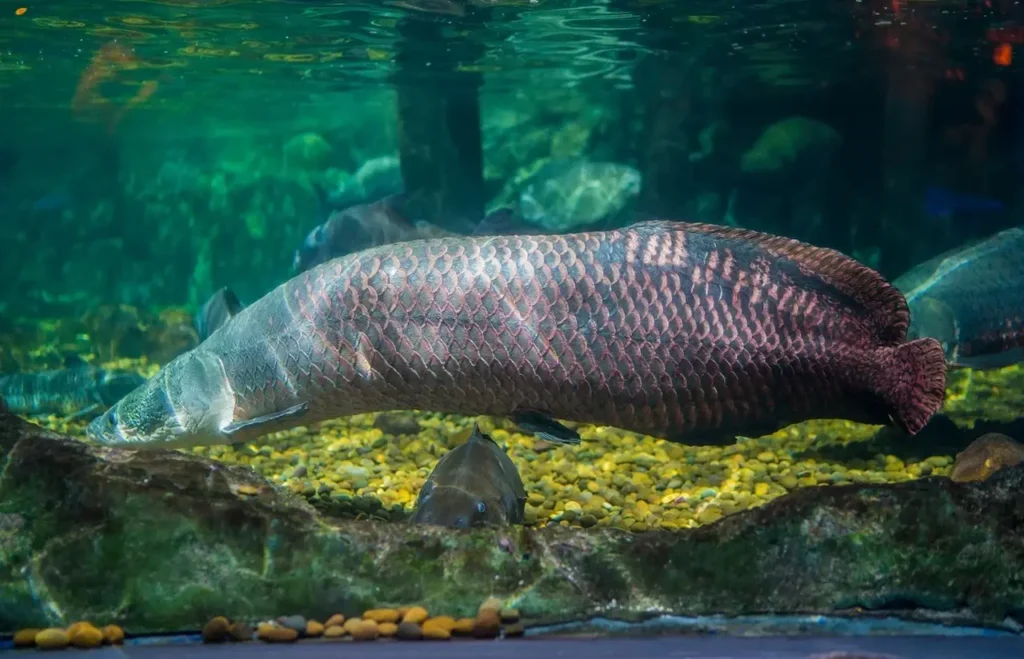
35. Poisonous Creatures
The rainforest is home to numerous venomous and poisonous species. Poison dart frogs, venomous snakes like the bushmaster and anaconda, and venomous spiders like the Brazilian wandering spider can be found in the region. These creatures have evolved potent toxins as a defense mechanism.
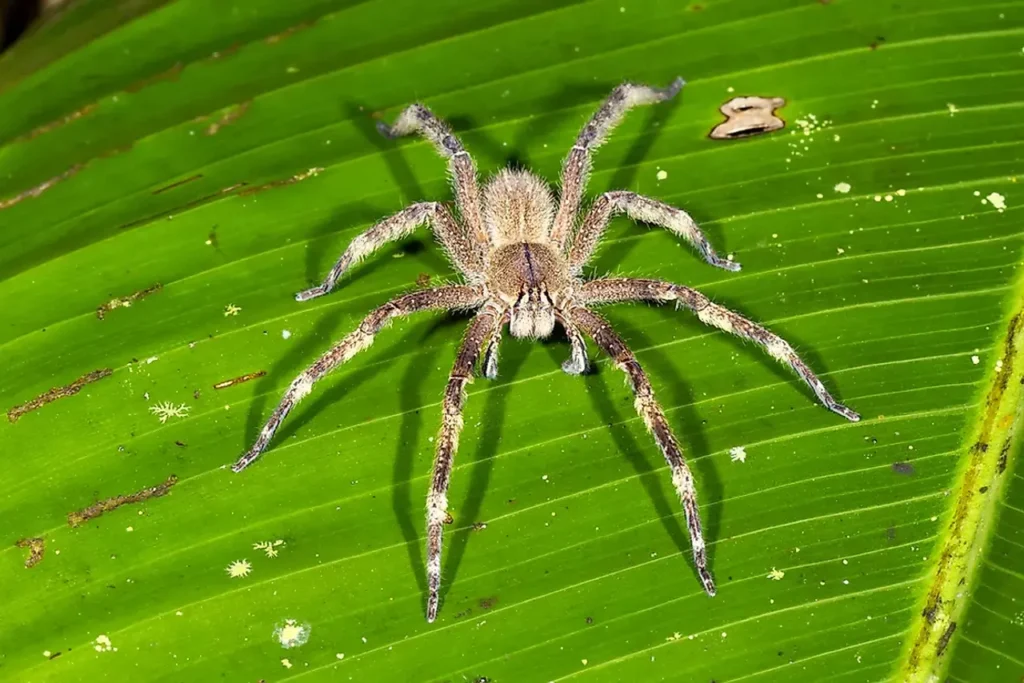
The Amazon Rainforest is an ever-unfolding tapestry of wonders, where exploration and discovery go hand in hand. Its ecological importance, awe-inspiring biodiversity, and captivating natural phenomena make it a truly remarkable and endlessly fascinating place.
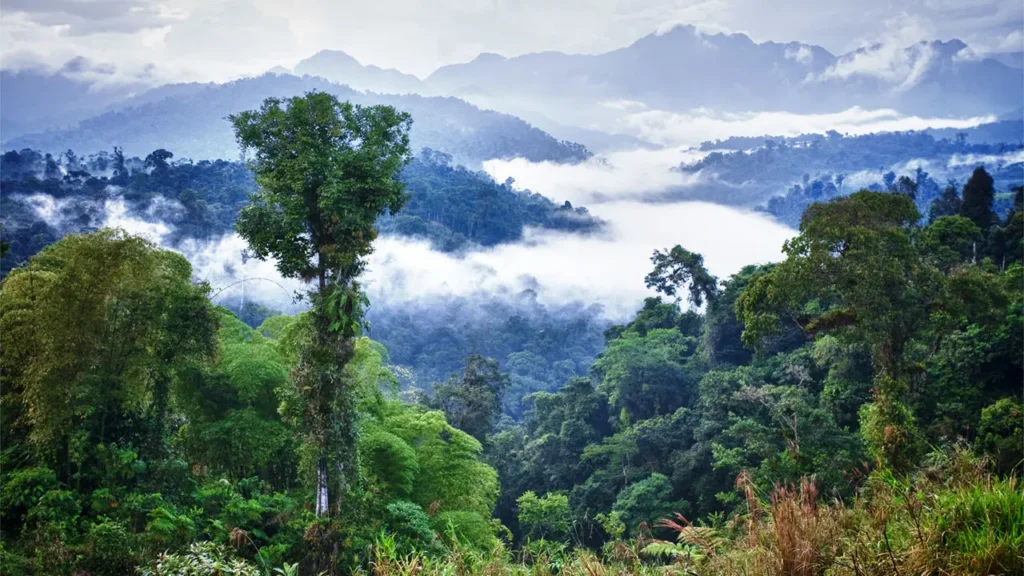
The weather in the Amazon Rainforest
The weather in the Amazon Rainforest is typically hot and humid throughout the year. Here are some characteristics of the weather in the region:
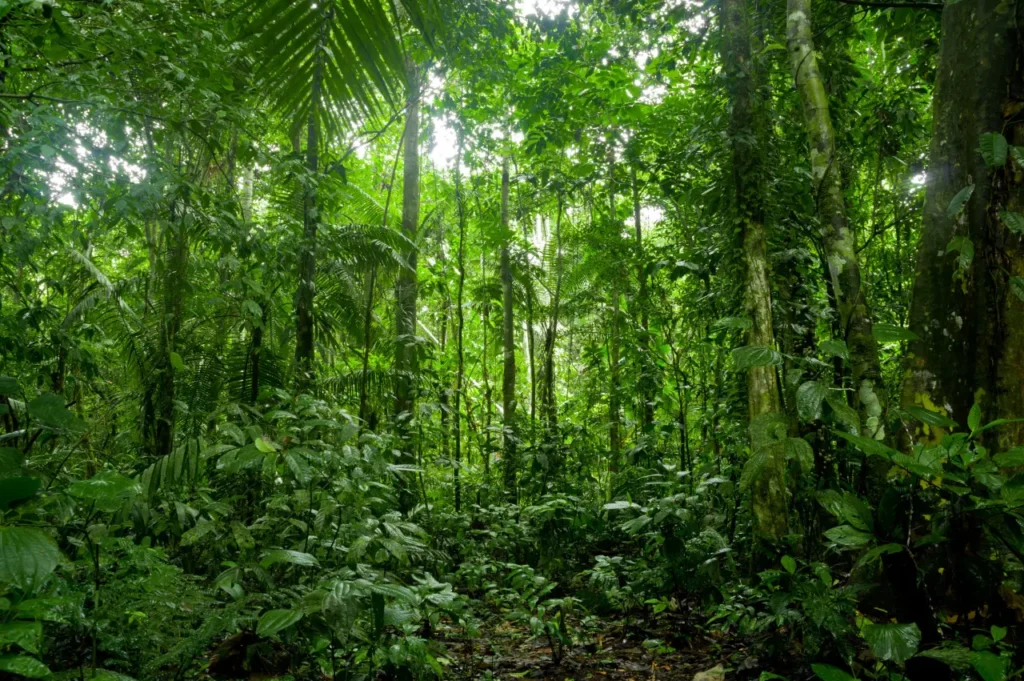
- High Temperatures: The Amazon Rainforest experiences high temperatures throughout the year, with average daytime temperatures ranging from 25 to 32 degrees Celsius (77 to 90 degrees Fahrenheit). It can occasionally reach even higher temperatures during the hottest months.
- High Humidity: The rainforest has high humidity levels, often exceeding 80%. The combination of high temperatures and humidity can make the weather feel quite oppressive and can lead to a constant feeling of moisture in the air.
- Rainfall: As the name suggests, the Amazon Rainforest receives significant rainfall. It is known for its tropical rain showers and frequent, heavy downpours. The region experiences a rainy season and a drier season.
- Rainy Season: The rainy season typically occurs between December and May, with the heaviest rainfall from January to April. During this period, the rainforest can receive an average of 200 to 300 millimeters (8 to 12 inches) of rain per month. The rain showers are intense but often brief, followed by periods of sunshine.
- Drier Season: The drier season generally takes place between June and November. While it is called the “drier” season, there is still some rainfall during this period. However, the frequency and intensity of the rain reduce, and there are more extended periods of sunshine.
- Climate Variations: The weather in the Amazon Rainforest can vary depending on the specific location within the rainforest and the time of year. Some areas, such as the western Amazon, may experience more consistent rainfall throughout the year, while other regions may have more distinct wet and dry seasons.
- Microclimates: The rainforest consists of various microclimates due to its vast size and diverse terrain. Areas closer to rivers or bodies of water may have higher humidity, while higher elevations or areas farther from water sources may have slightly cooler temperatures.
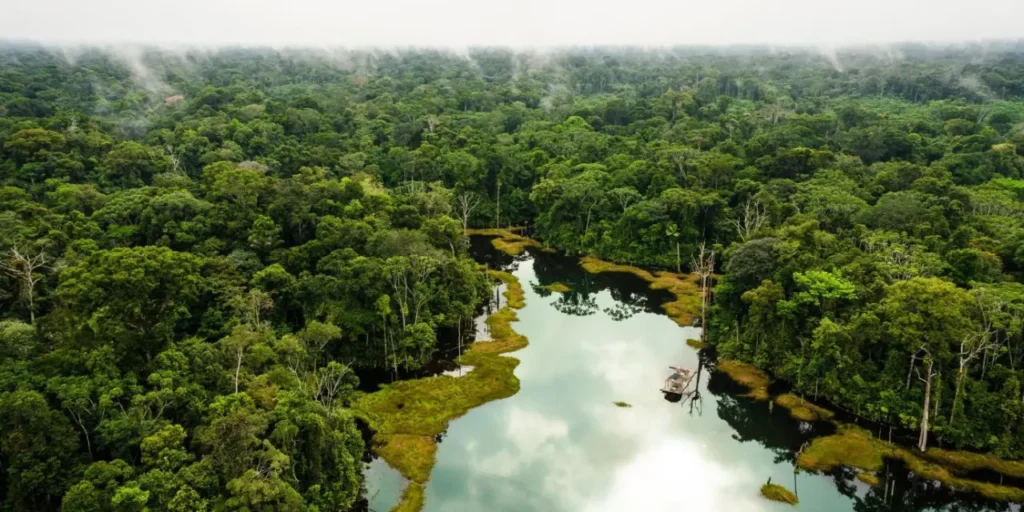
It’s important to note that weather patterns can vary, and extreme weather events like tropical storms or heavy rainfall can occur unexpectedly. The best time to visit the Amazon Rainforest depends on personal preferences and activities planned, but many travelers opt for the drier months to facilitate exploration and wildlife sightings.
What need to pay attention at the Amazon Rainforest
When visiting the Amazon Rainforest, it’s important to pay attention to several factors to ensure a safe and enjoyable experience. Here are some things to consider.
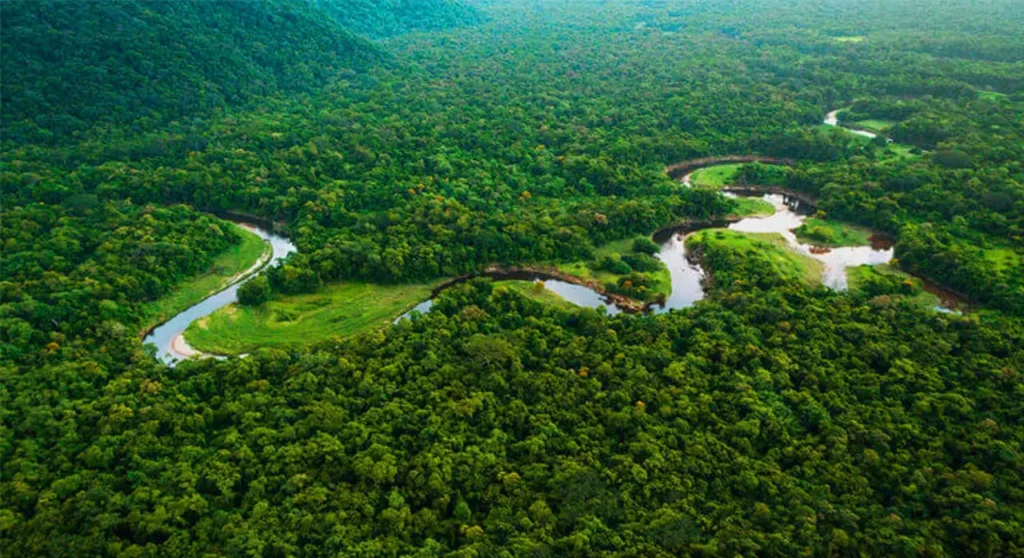
- Health Precautions: Consult with a healthcare professional before your trip to discuss necessary vaccinations and medications, such as anti-malarial drugs or vaccines for diseases like yellow fever. Take precautions against mosquito bites by using insect repellent, wearing long-sleeved clothing, and sleeping under mosquito nets.
- Packing Essentials: Pack lightweight, breathable clothing suitable for hot and humid conditions. Include sturdy, comfortable walking shoes or boots for exploring the rainforest. Don’t forget essentials like a hat, sunglasses, sunscreen, a reusable water bottle, and a first aid kit.
- Safety Guidelines: Follow safety guidelines and instructions provided by your tour guide or local authorities. Be cautious when navigating unfamiliar terrain, especially near bodies of water or steep areas. Stay on designated paths and avoid straying too far from your group.
- Wildlife Interaction: Admire wildlife from a safe distance and avoid touching or approaching animals. Some species can be dangerous or have venomous bites or stings. Do not attempt to feed or provoke animals, as it can disrupt their natural behaviors and may pose a risk to both you and the wildlife.
- Respect for Indigenous Communities: If you have the opportunity to visit indigenous communities, show respect for their cultural traditions and customs. Follow their guidelines and requests, and ask for permission before taking photographs or participating in any activities. Respect their sacred sites and avoid taking or purchasing any artifacts or items of cultural significance.
- Responsible Tourism: Choose tour operators or accommodations that prioritize responsible and sustainable practices. Support local communities and businesses that contribute to the conservation of the rainforest and the well-being of its inhabitants. Minimize your impact on the environment by following “leave no trace” principles, such as not littering and avoiding single-use plastics.
- Weather Preparedness: Be prepared for the weather conditions by carrying rain gear, such as a lightweight waterproof jacket or poncho. Protect your electronic devices and important documents in waterproof bags or cases. Keep in mind that rain can make trails muddy and slippery, so take caution while walking.
- Local Regulations: Familiarize yourself with local regulations and guidelines, such as restricted areas or protected zones. Respect any rules in place to safeguard the rainforest’s biodiversity and cultural heritage.
- Cultural Sensitivity: Show respect for the local culture and traditions of the communities you encounter. Learn about their customs, beliefs, and etiquette, and be mindful of cultural differences. Seek permission before entering sacred sites and follow any protocols or restrictions.
- Experienced Guides: Consider hiring a knowledgeable local guide or joining guided tours led by experienced professionals. They can provide valuable insights about the rainforest, ensure your safety, and enhance your understanding of the ecosystem.
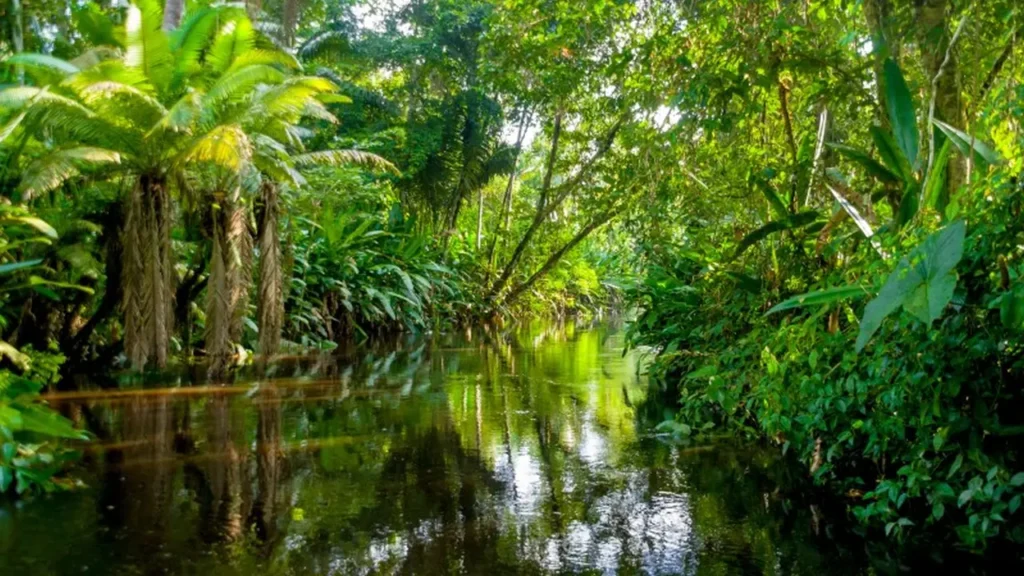
By being mindful of these considerations, you can have a safe and enriching experience in the Amazon Rainforest while contributing to its conservation and supporting the local communities.
In summary, the above article has provided some interesting facts about the Amazon Rainforest . Hope this article is useful for readers. Please visit our website for more interesting information!
